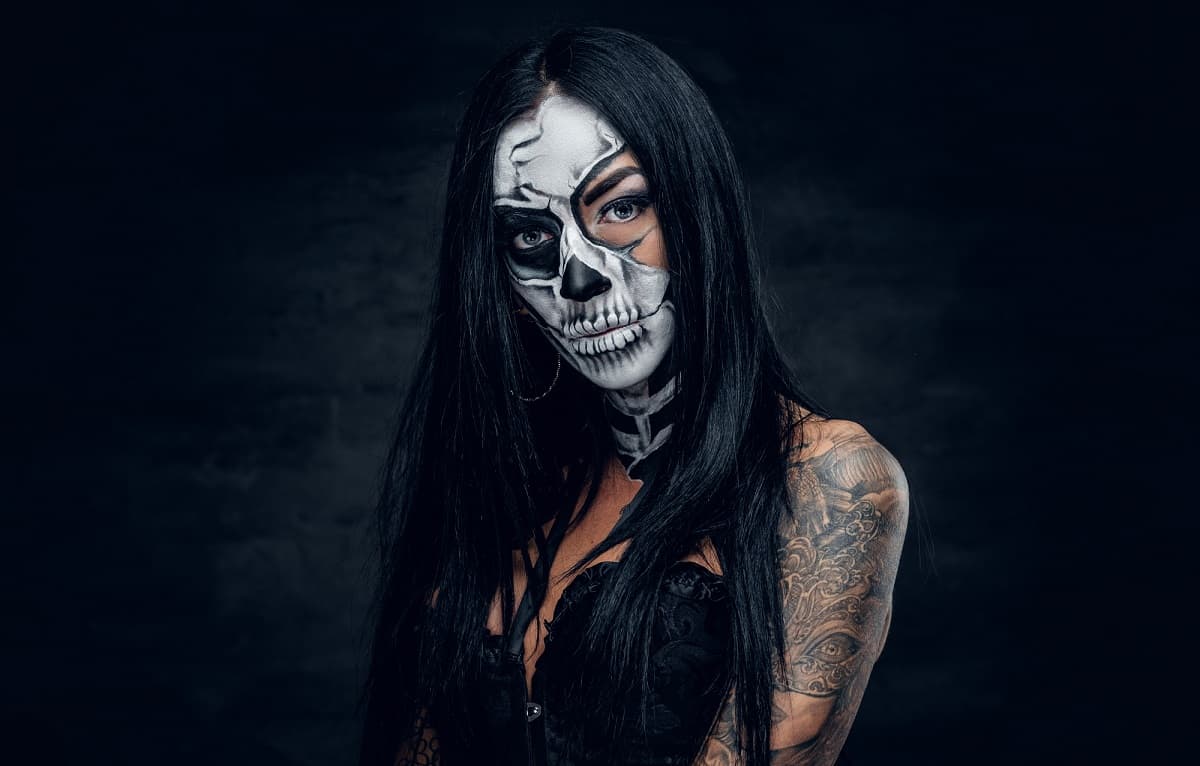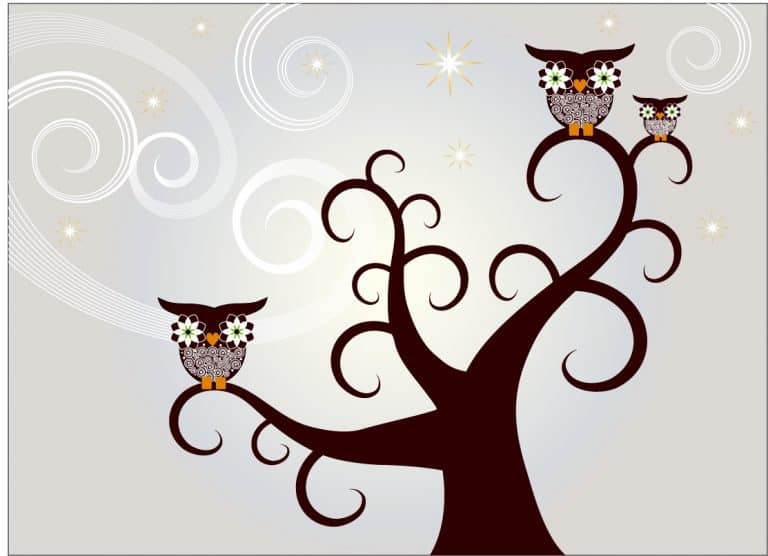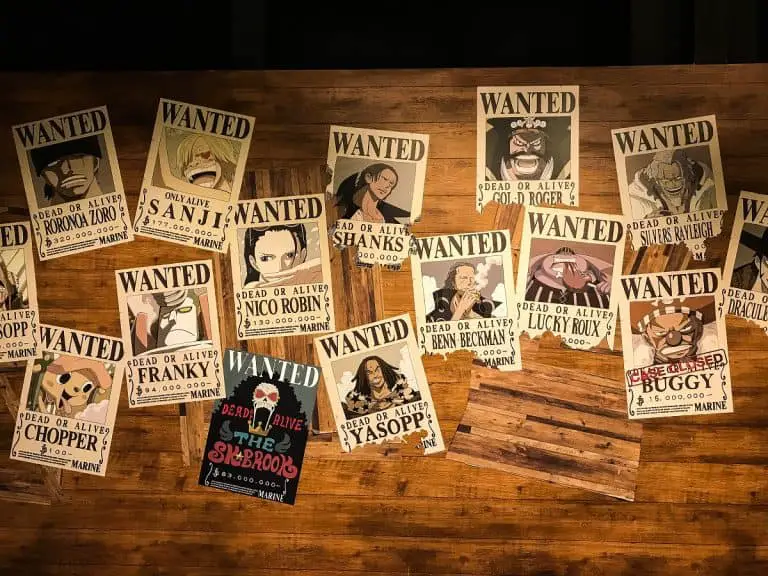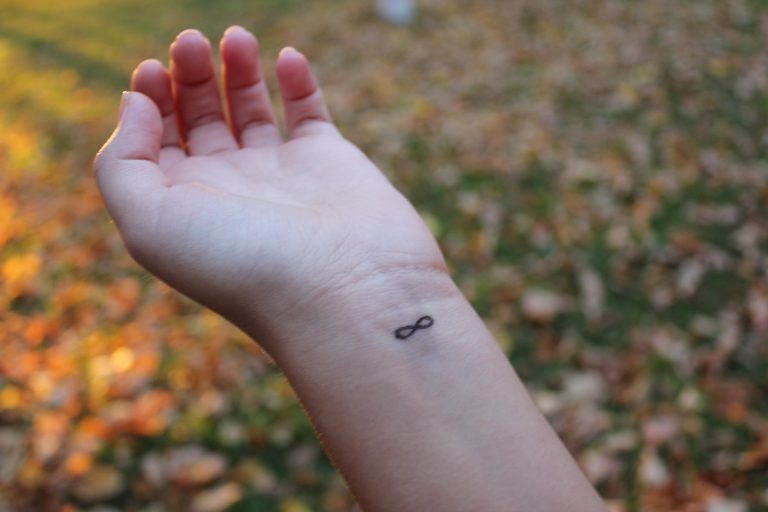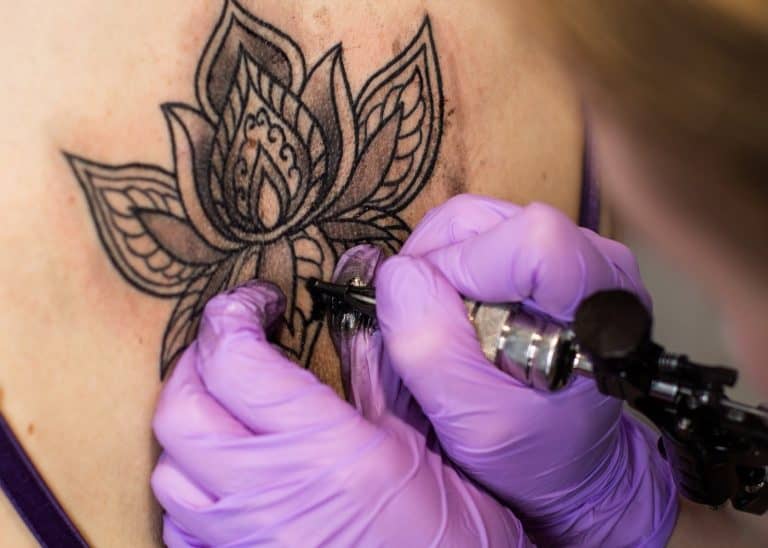Tribal Tattoos: History Insight And 60+ Incredible Design Ideas
Tattooing has historically been a common practice in all indigenous people around the world. For these people, tattooing isn’t just body art, but rather a deep-rooted tradition that is, unfortunately, dying out in the modern-day and age. Traditional tattooing is nowadays boiled down to tribal designs that many people don’t even know the meaning of, or where they come from.
Therefore, if you’re thinking about getting a tribal tattoo, without heritage in a certain tradition, it is essential to get educated. The designs you wear are someone’s culture and history, so we all have to be aware of that and admire/wear those designs with the utmost respect. In the following paragraphs, we’ll take a look at tribal tattoos, their history, and the incredible tattoo designs. So, let’s get started!
Tribal Tattoos: Historic Insight
What we know so far about tribal or tattoos, in general, is that they are a practice that is thousands of years old. Ancient people all around the world, from Europe to Polynesia practiced tattooing as a form of status expression, role in the community, and ancestral lineage in most cases.
In the majority of the ancient cultures, like the Greek culture, tattoos were first practiced on barbarians, as a form of the symbolism of their inferiority compared to the other members of the society.
Then, people and cultures shifted from this idea and started using tattoos as a mediator between mythology and humans. For example, the Vikings were known to carve the ‘blood-eagle’ on their backs every time they conquered an enemy.
Over the millennia, tattoos have become the means of information sharing as well.
Many European tribes would use tattoos to secretly send messages. This practice originated in the 6th century BC when the Greeks would send messages during warfare to their kin in captivity. The tattoos were carved onto the slave’s shaven head. And, once the hair has grown, the slave was sent to find the captive and show them the tattoo/message.
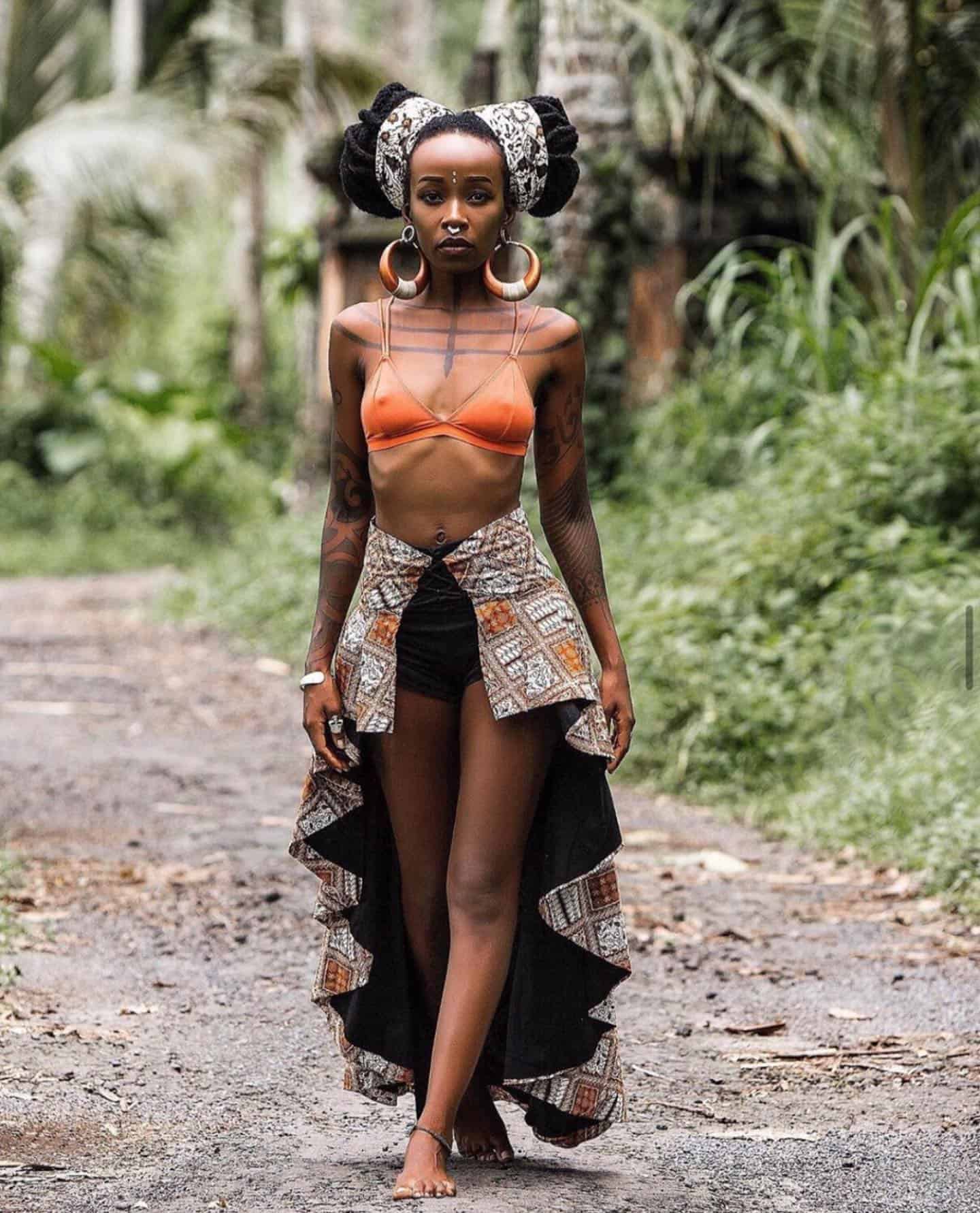
In tribes around the world, tattoos were also a way for women to establish themselves in the community. Women were known to be the main tattooists in tribes, as well as wearers of tattoos, which is information rarely presented in the modern discussion.
For example, tribe women In Japan, Iraq, Taiwan, Bosnia, Papua New Guinea, North Africa, and South America would perform rituals applying the tattoos on other women. These tattoos would mark a women’s sexuality, ancestral lineage, tribal affiliations, and so much more.
In those same communities, men were tattooed to either become or show they’re warriors and protectors of the tribe. Their tattoos would also symbolize ancestral lineage and tribal affiliations.
In ancient tribes, the tattoo artist, whether man or woman, was seen as a person to be revered. Tattooists were associated with magic and were almost seen as shamans. By their ability to transform a body, tattooists were also believed to constantly be in spiritual danger, so tattooing was seen as a spiritual act as well.
Read More: History of Tattoos (A Brief Insight && Interesting Info For Your ‘Fun Facts’ Collection)
Tribal Tattoos and Design Ideas
African Tribal Tattoos
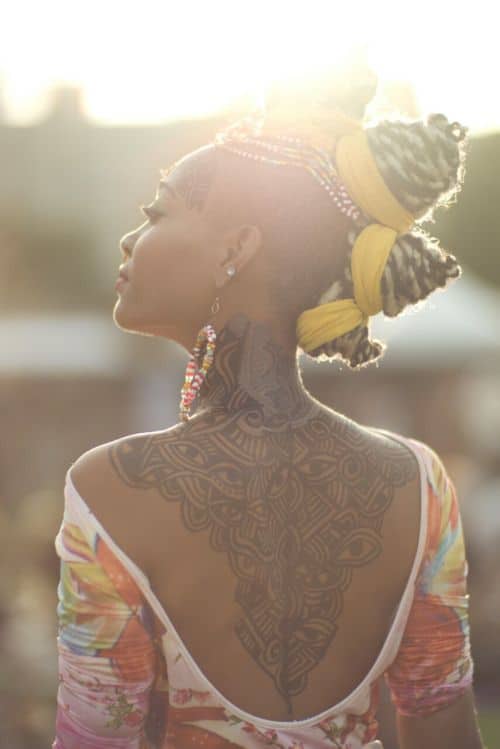
Tribal tattoos in Africa are a vast topic to discover. In short, these tribal tattoos or body marking are connected to ancestry lineage in a family or a village. Tribal tattoos in African countries and tribes have been practiced for thousands of years with a respect to the ancestors and as a connection to the spiritual world.
The ethnic groups in Africa practice different tribal tattoo designs, but they all bear the similar meaning of religious affiliation, inspiration, reverence, awe, purpose, and spirituality. Nowadays, people of Africa practice tribal body marking as a form of beautification and connection to their ancestors, tradition, and culture.
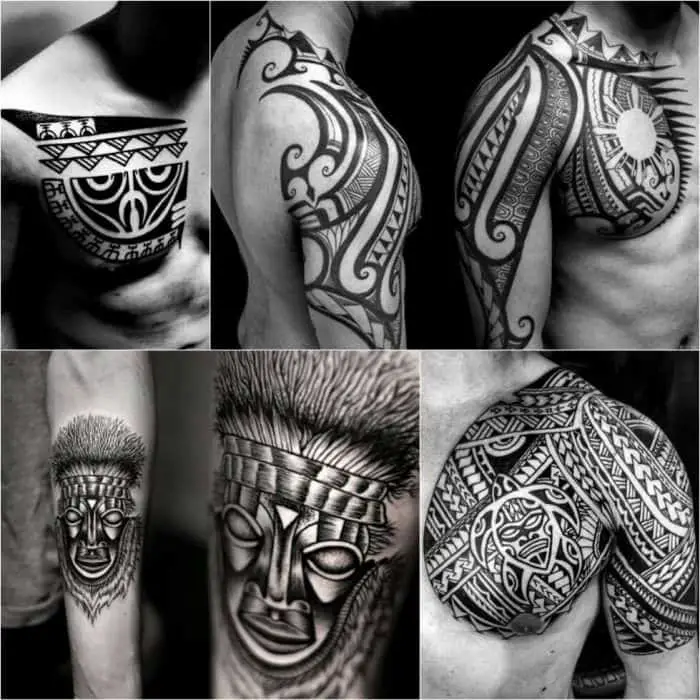
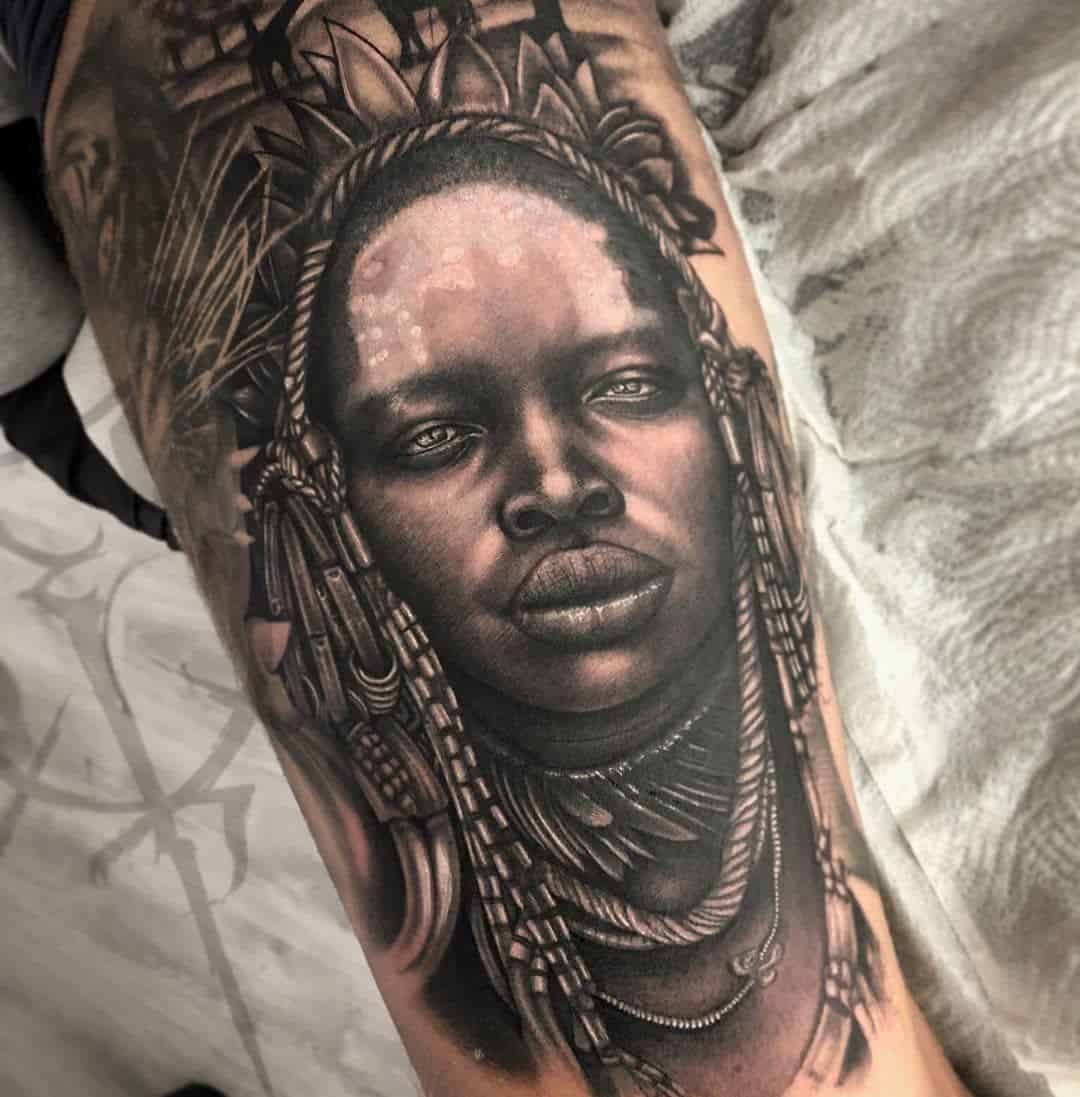
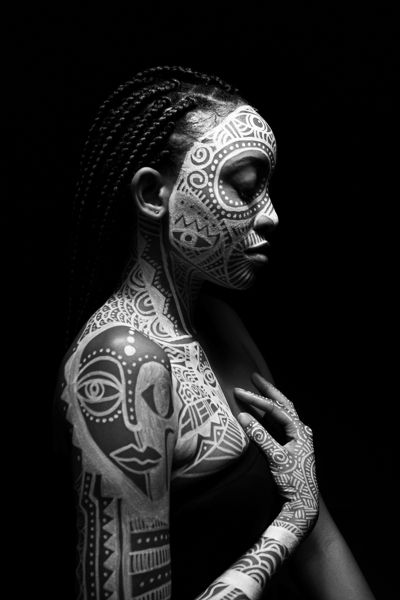
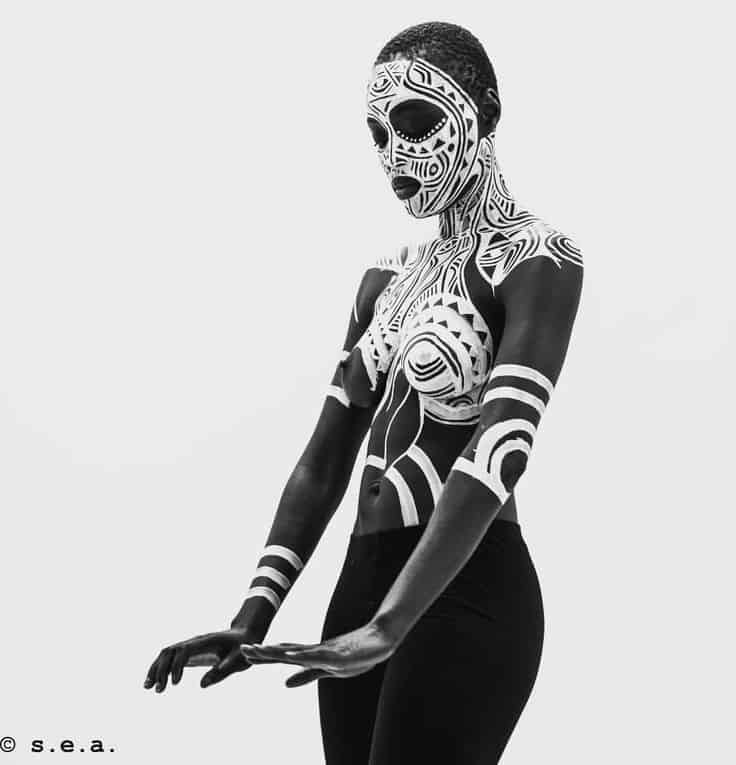
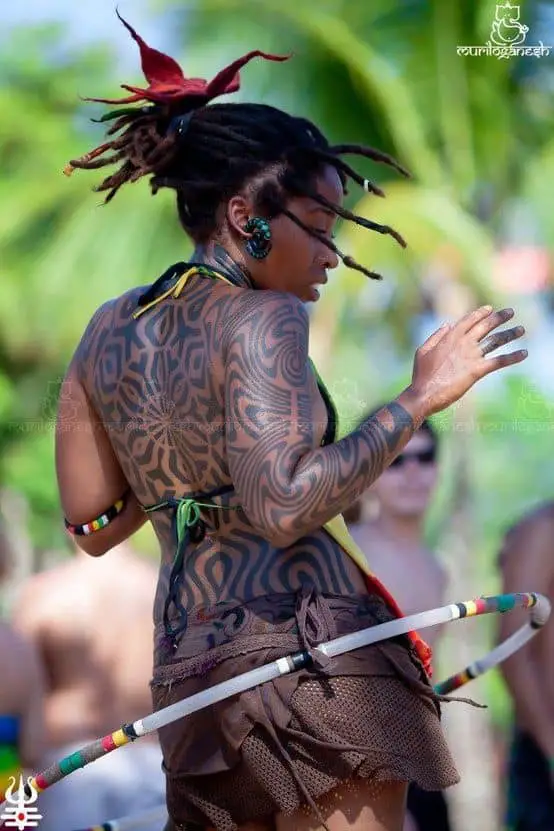
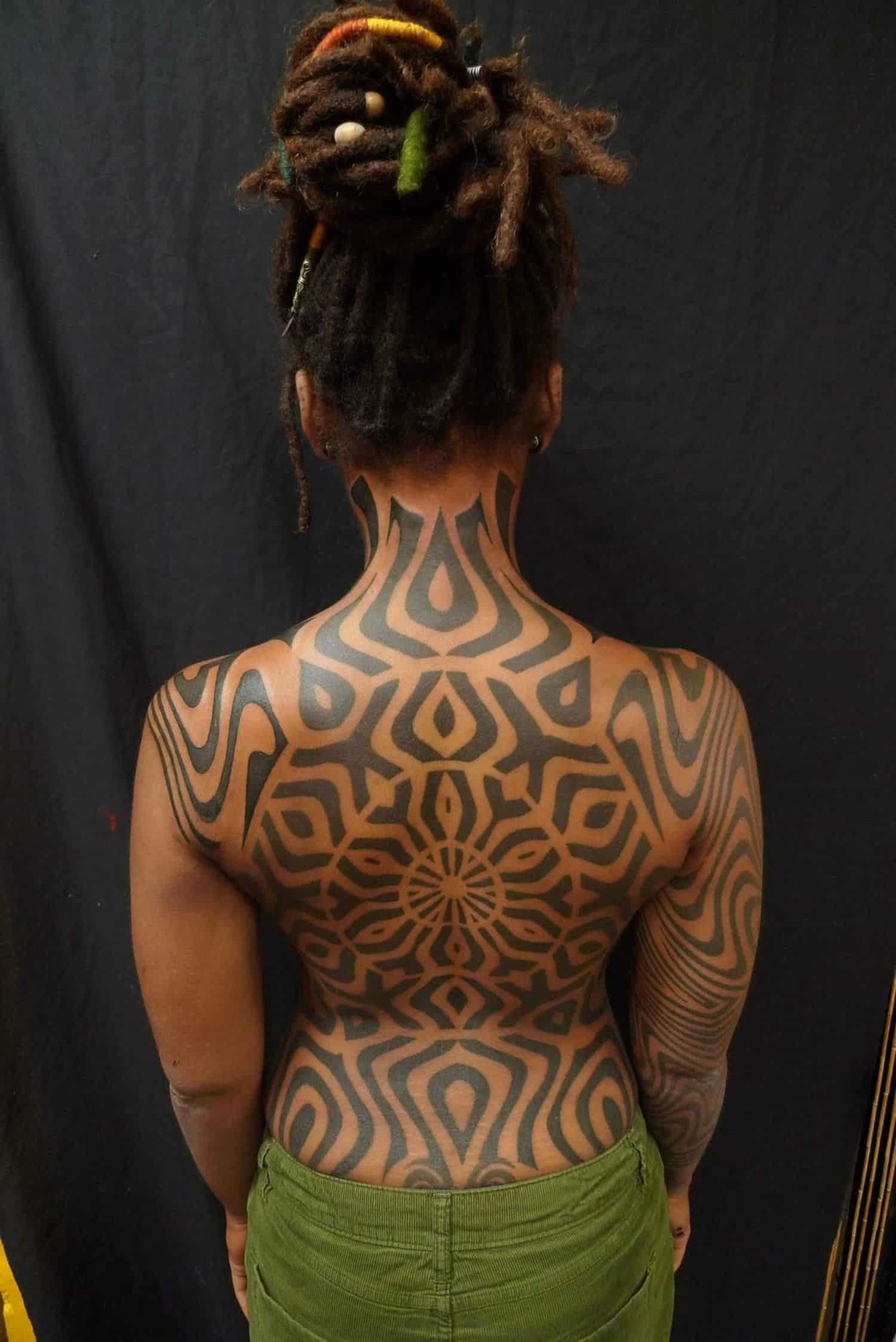
Pacific Islands Tribal Tattoos
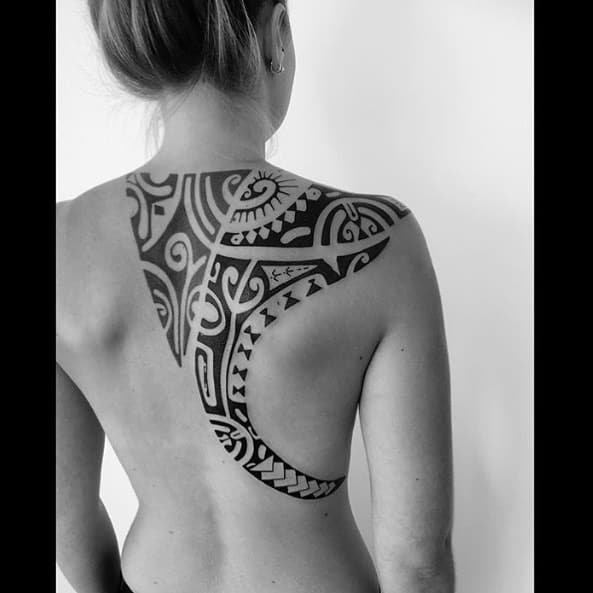
The Pacific Islands comprise Polynesia, Hawaii, Borneo, Fiji, and all of their indigenous peoples and cultures, (like Maori, Samoans, or Haida). The tribes from these islands are all historically, culturally, and genetically linked to indigenous people of Southeast Asia. These people were the ones to introduce tattoos to Europeans when Captain James Cook first visited Tahiti and New Zealand in the 18th century.
The tribal tattoos of these people often characterized religious affiliation, rituals, and warfare. Men were the ones to get tattooed and to be tattoo artists. Women were rarely tattooed and they were never given the opportunity to be tattooists. This is mostly because tattooing was passed onto generations, and being a tattooist was a privileged position.
Tribal tattoos in these islands are characterized by unique, highly-stylized patterns which symbolize shark teeth, could sky, spearhead, the ocean, waves, turtles, lizards, as well as Tiki (a human-like figure representing semi-gods).
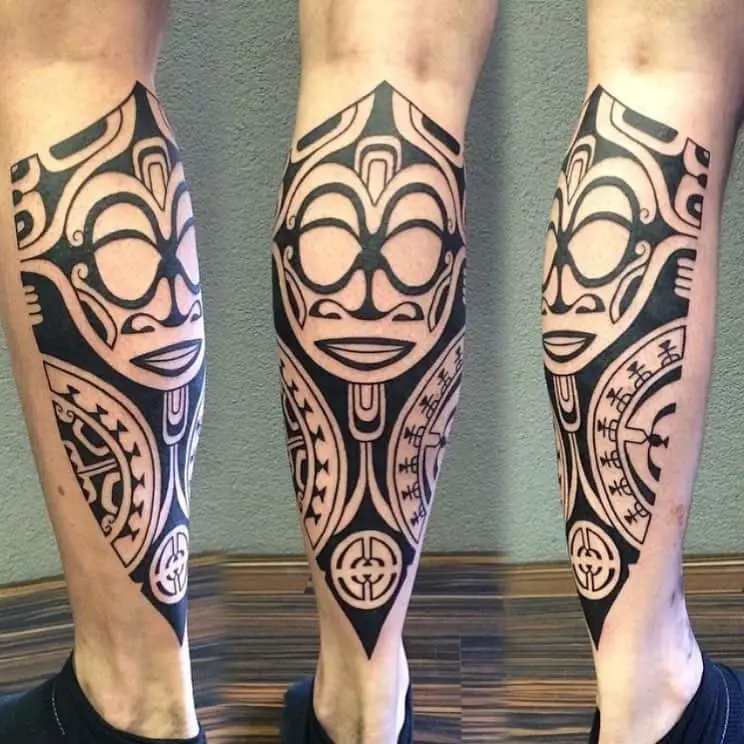
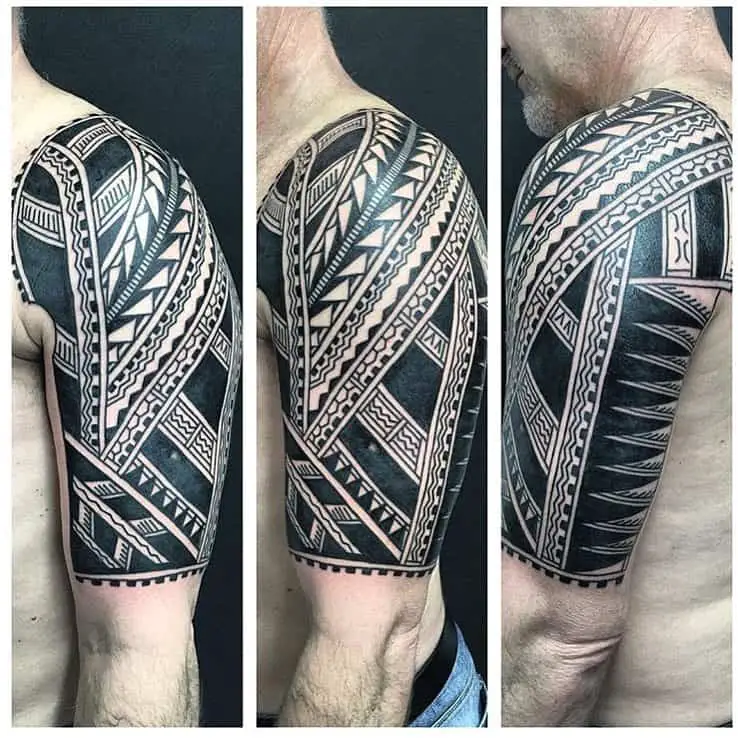
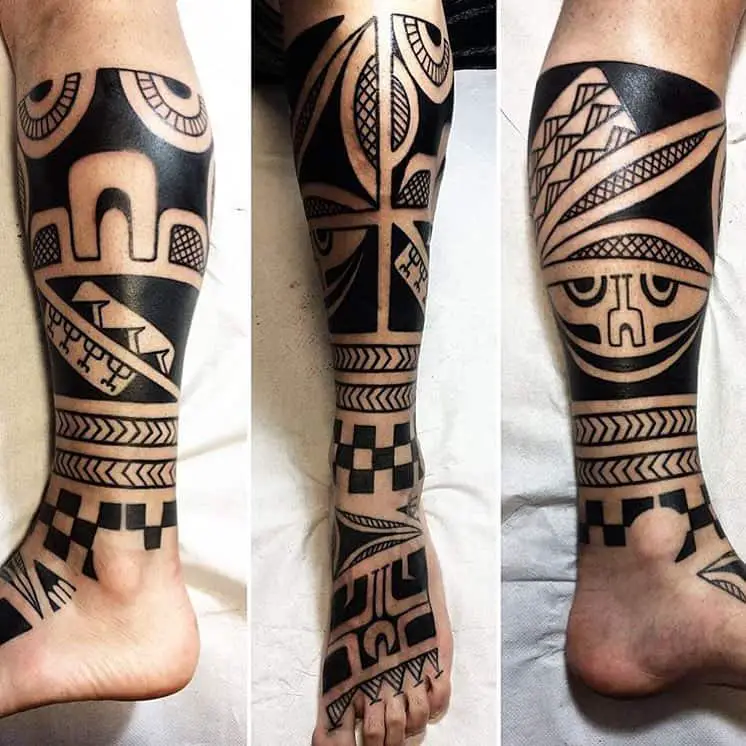
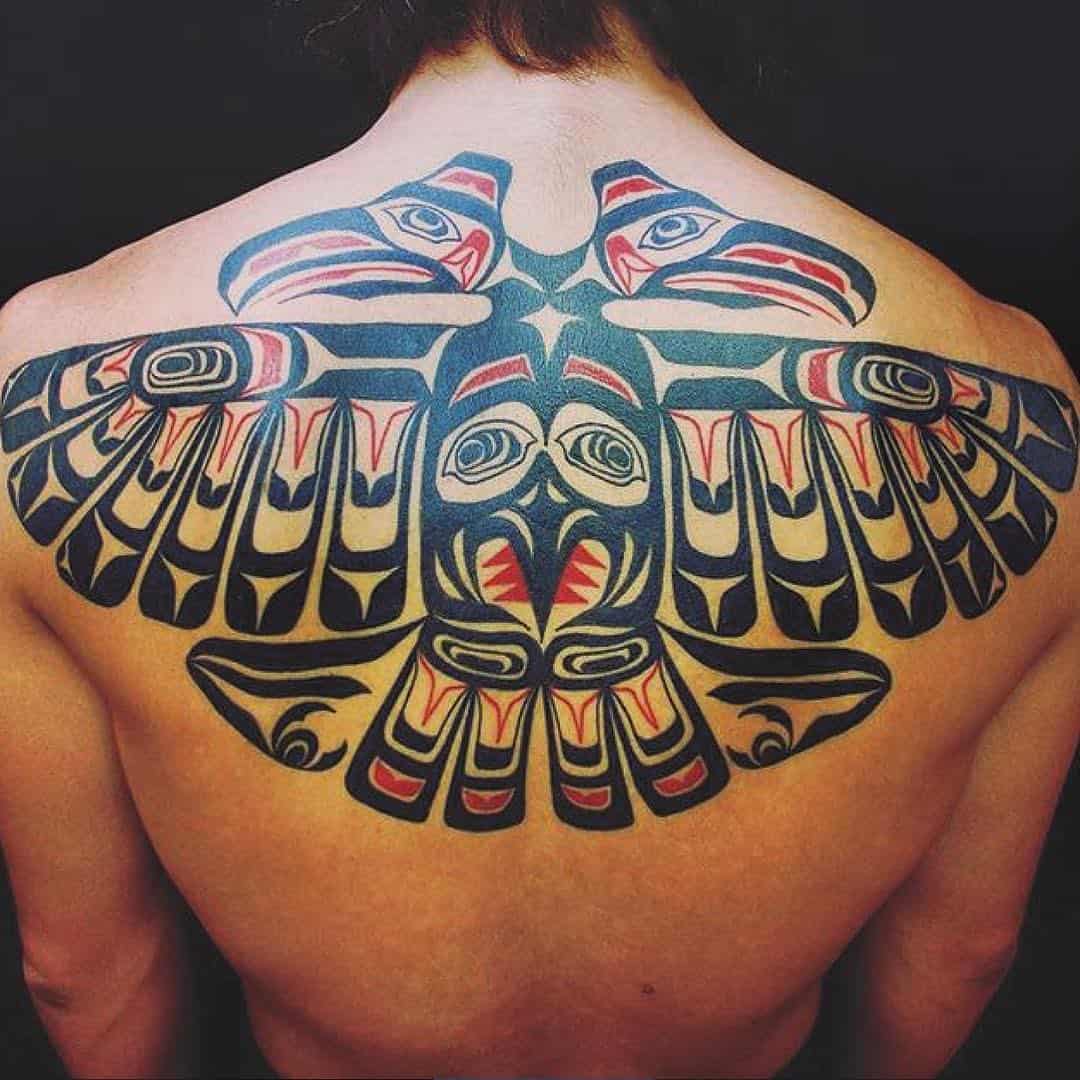
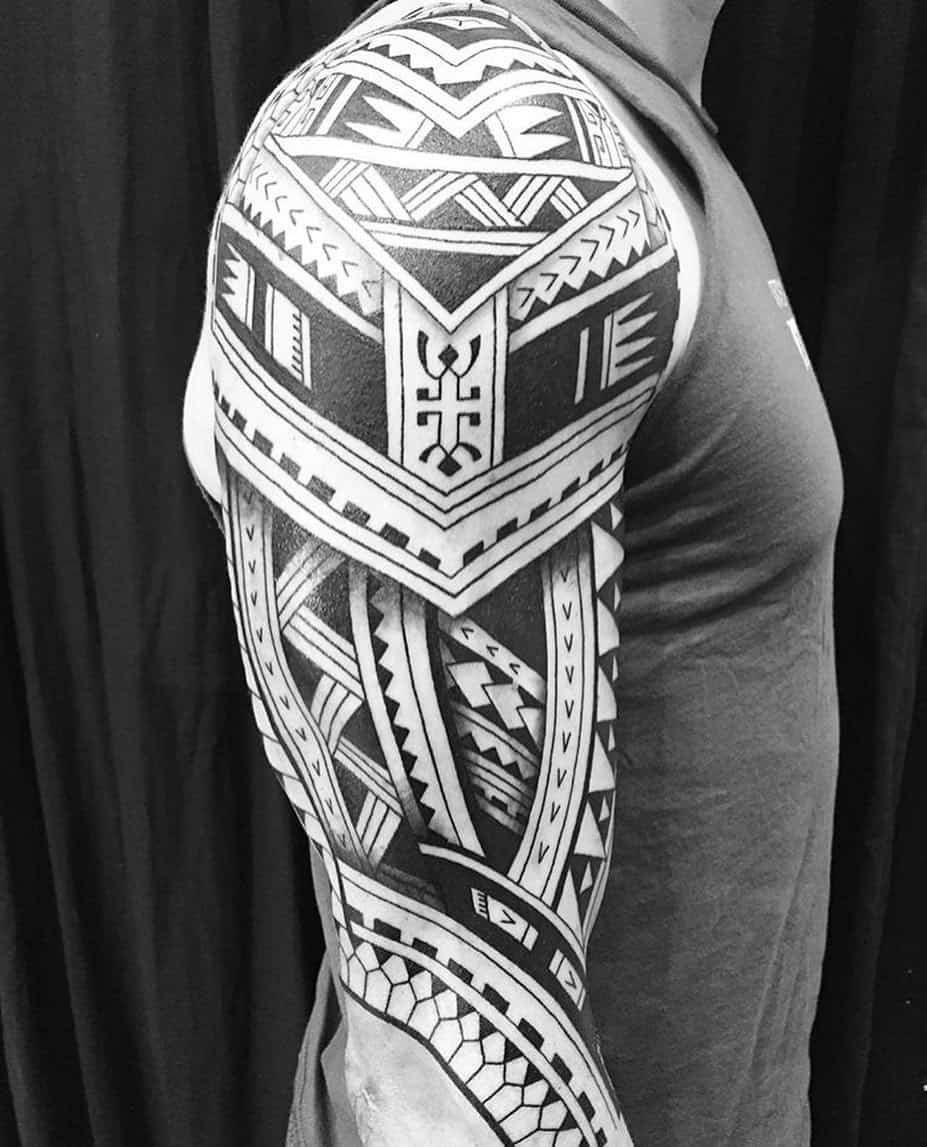
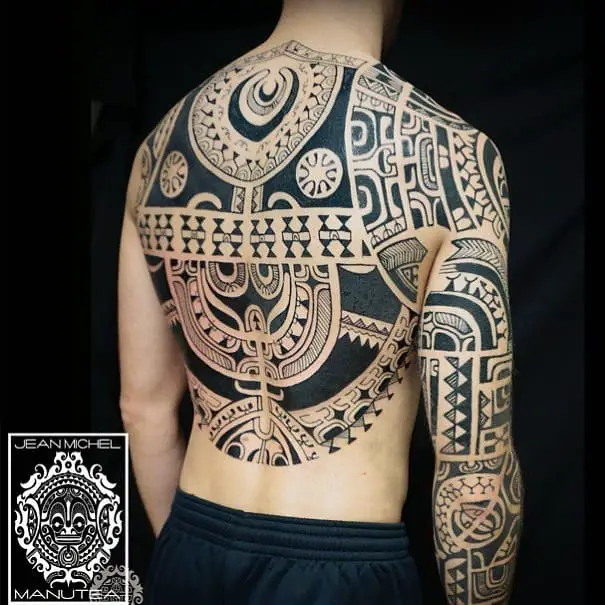
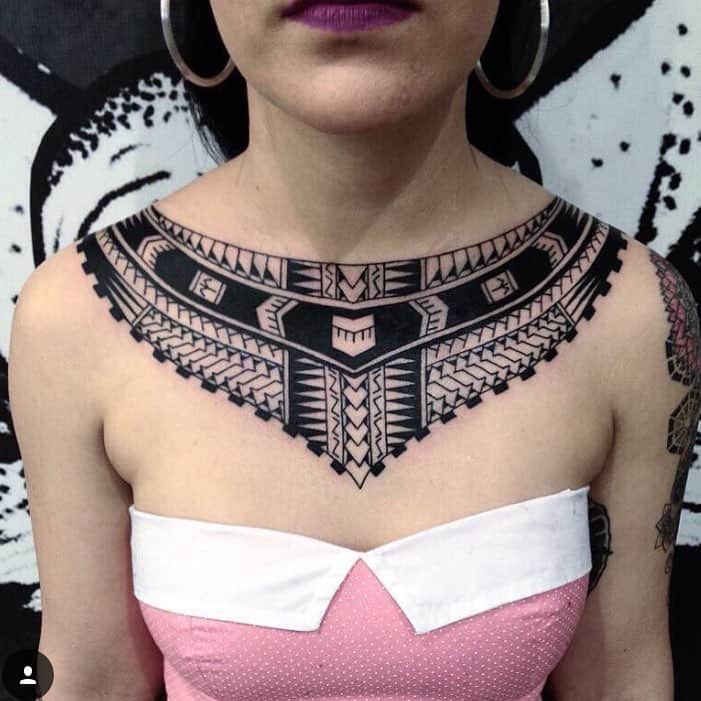
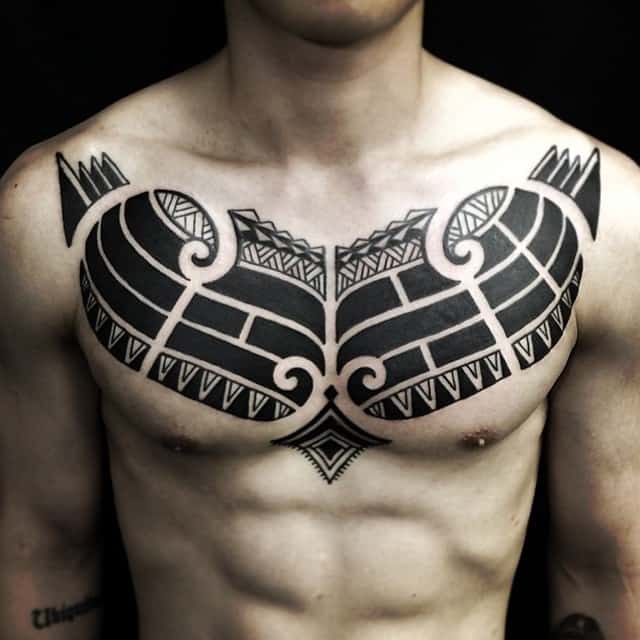
Slavic Tribal Tattoos
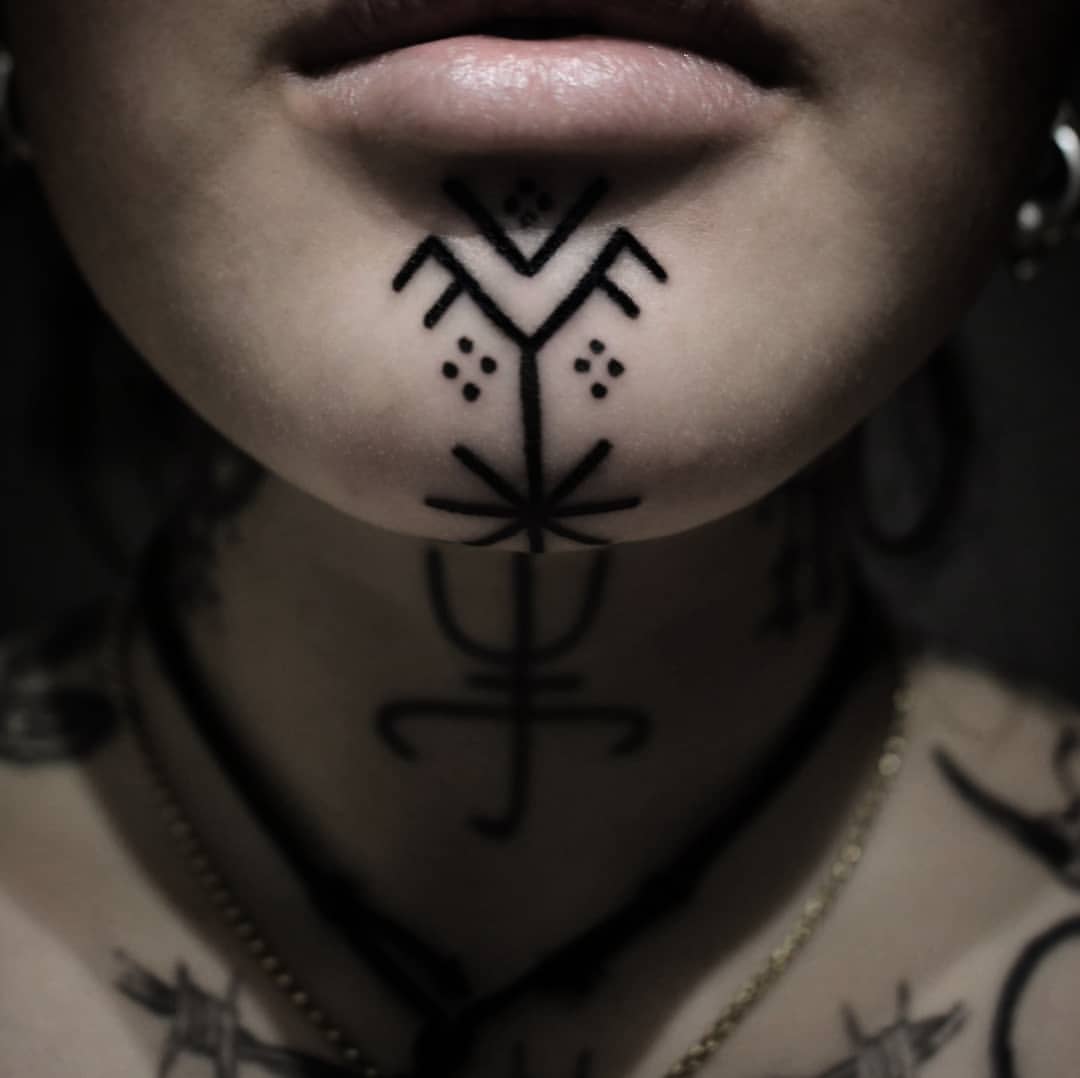
When it comes to Slavic peoples, they can be categorized into East, Weast, and South Slavs. For hundreds of years, numerous tribes occupied the area of East and Southeast Europe, developing their unique traditions and practices. One of the traditions was tattooing. Slavic tattoo designs are some of the most intriguing and incredibly ethnic.
Unfortunately, Slavic tattoos were only documented in the literature. No graves and ancestors were retained as physical evidence, but images and pictures are available. From there, different patterns and folklore designs were drawn and experts have established the potential meanings and symbolisms.
It is believed that Slavic tattoos were mostly associated with Slavic mythology, folklore tradition, and religion.
The Slavic customs presented in these tattoos are respected among the Slavic peoples even nowadays when the Slavic tribes have become separate countries and peoples. Many believe that this unique and shared tradition/history connects these peoples even today.
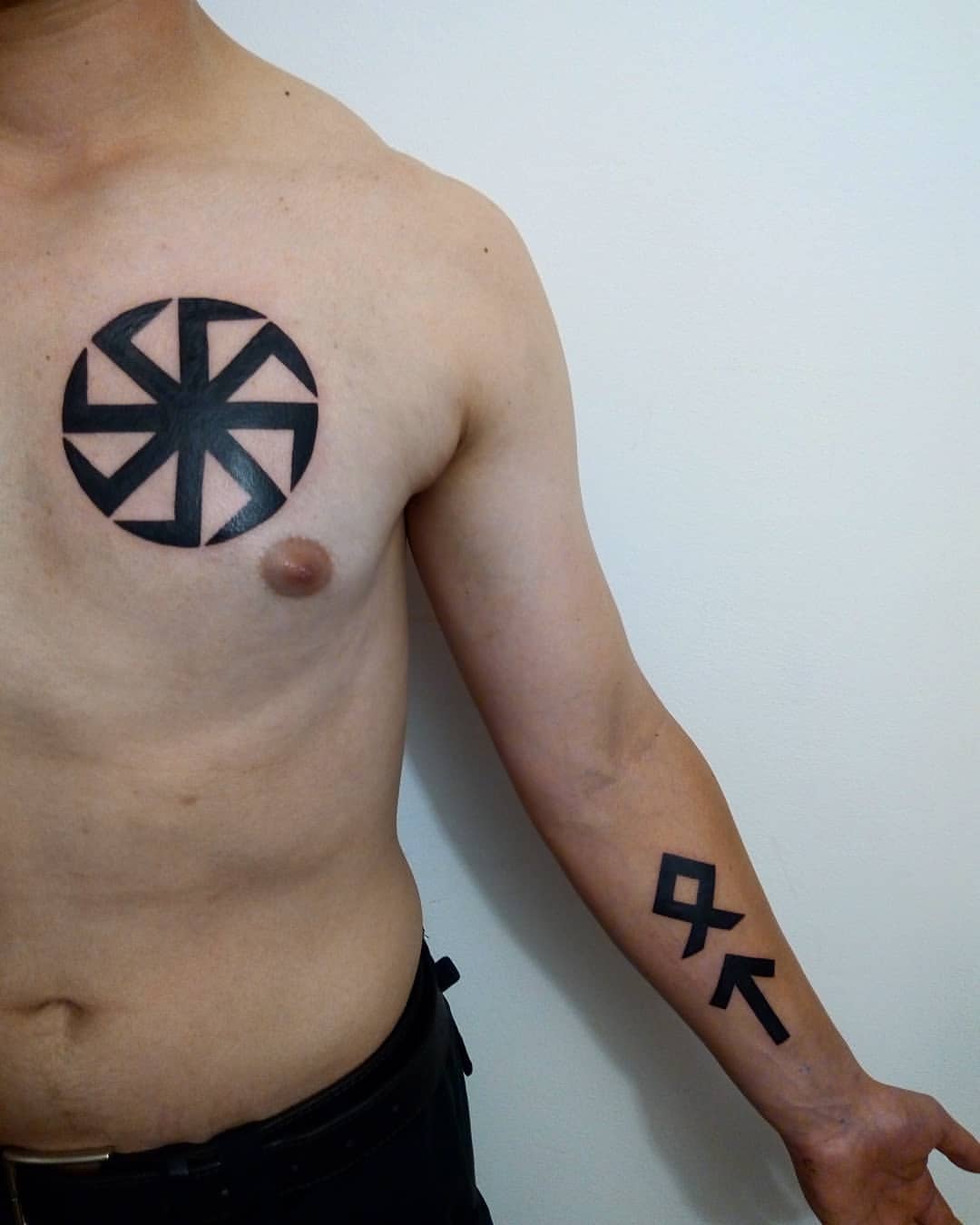
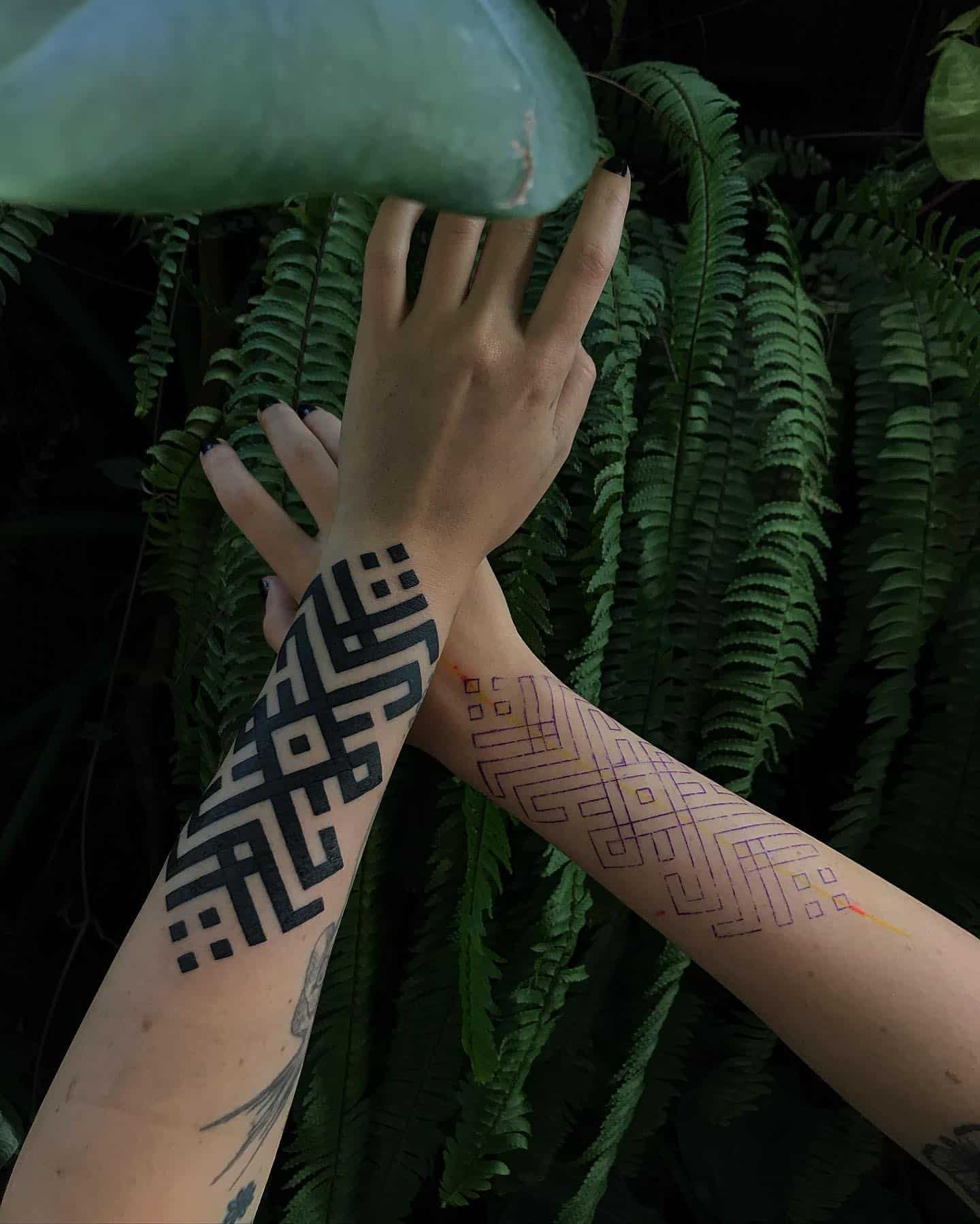
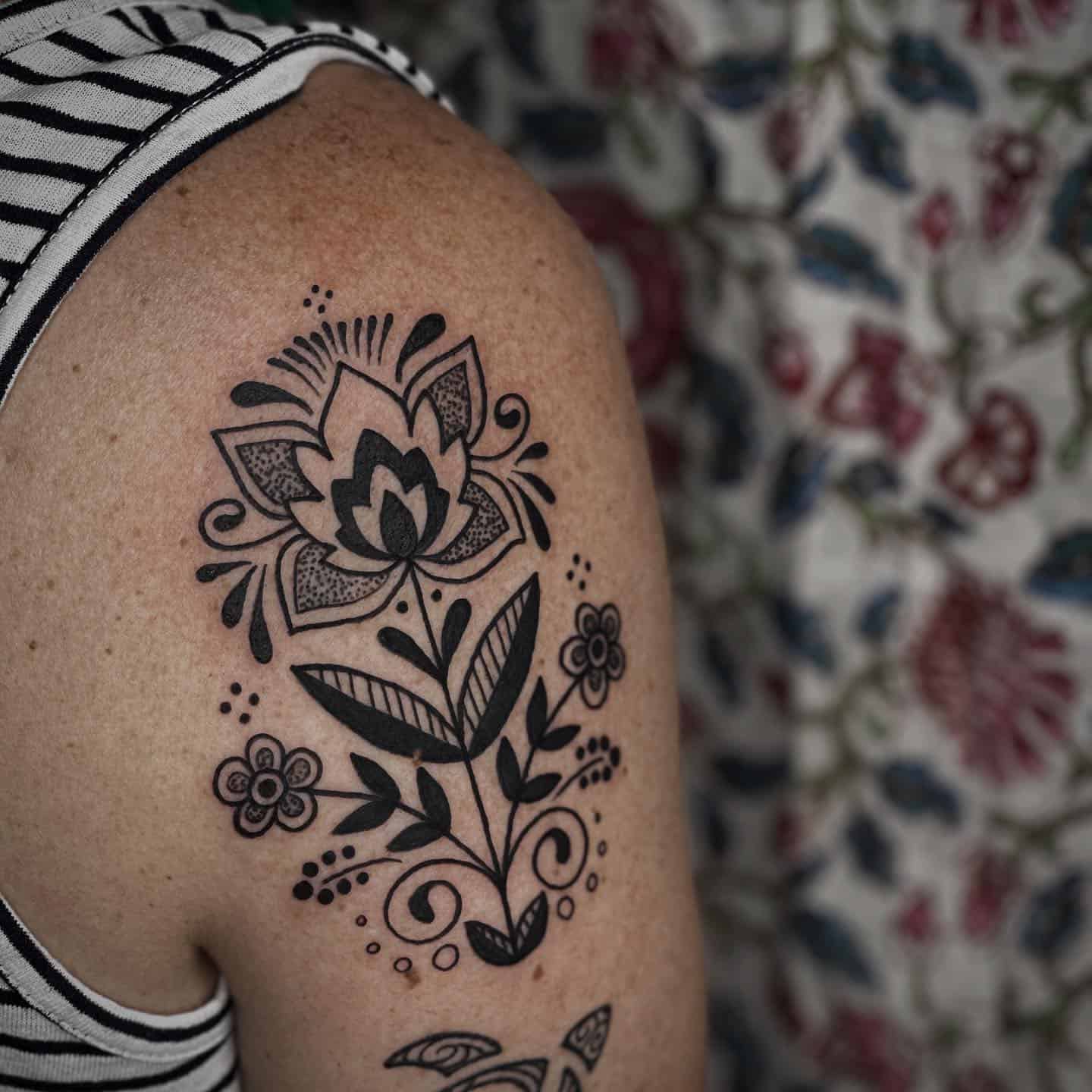
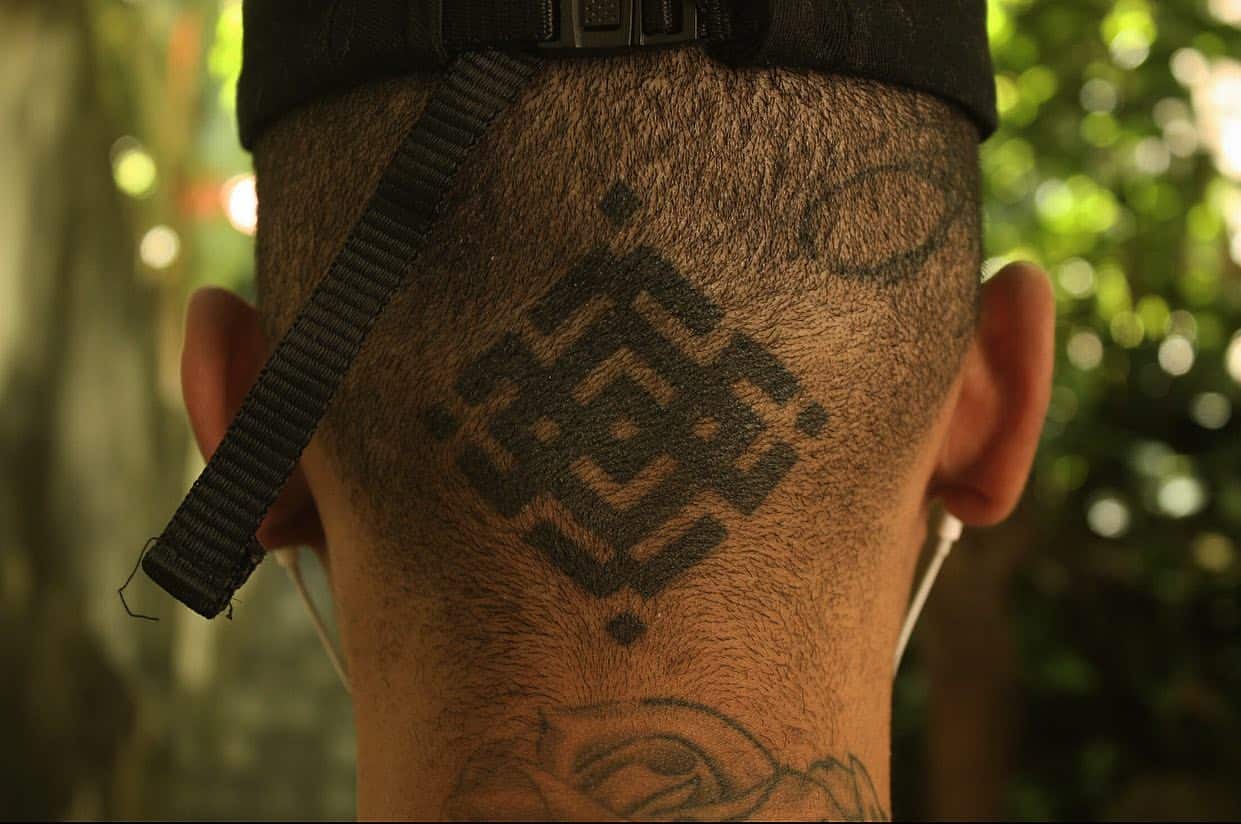
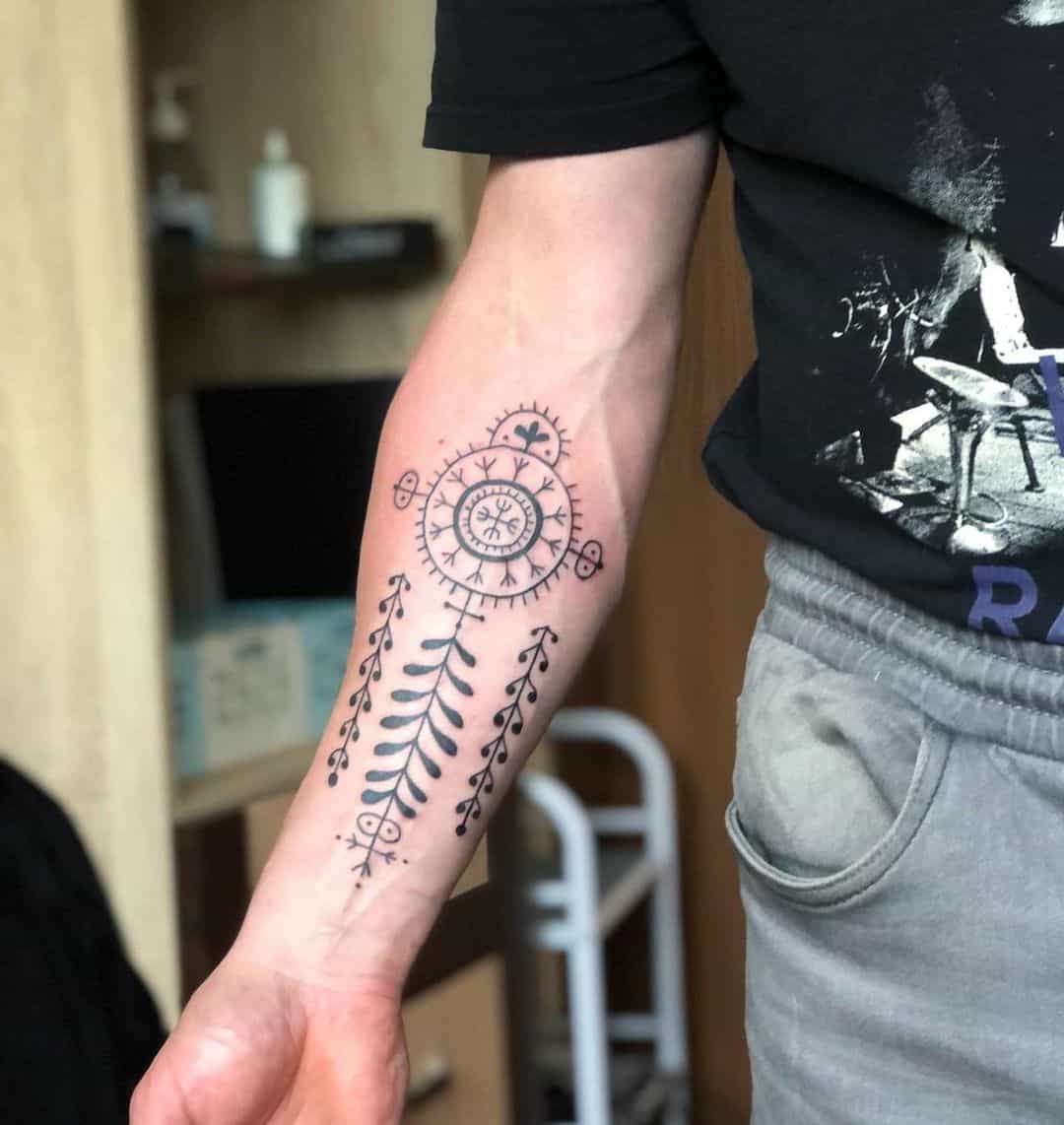

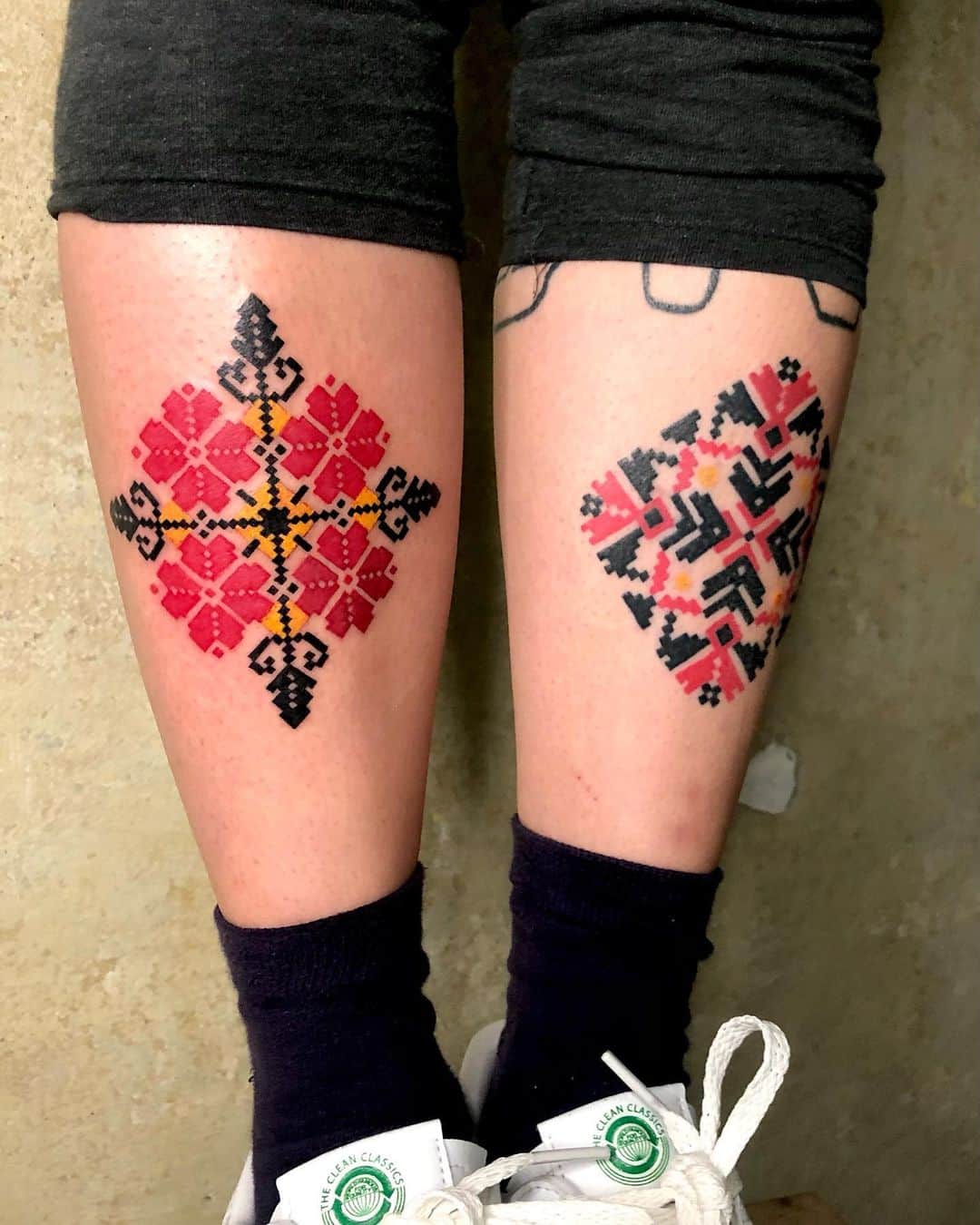
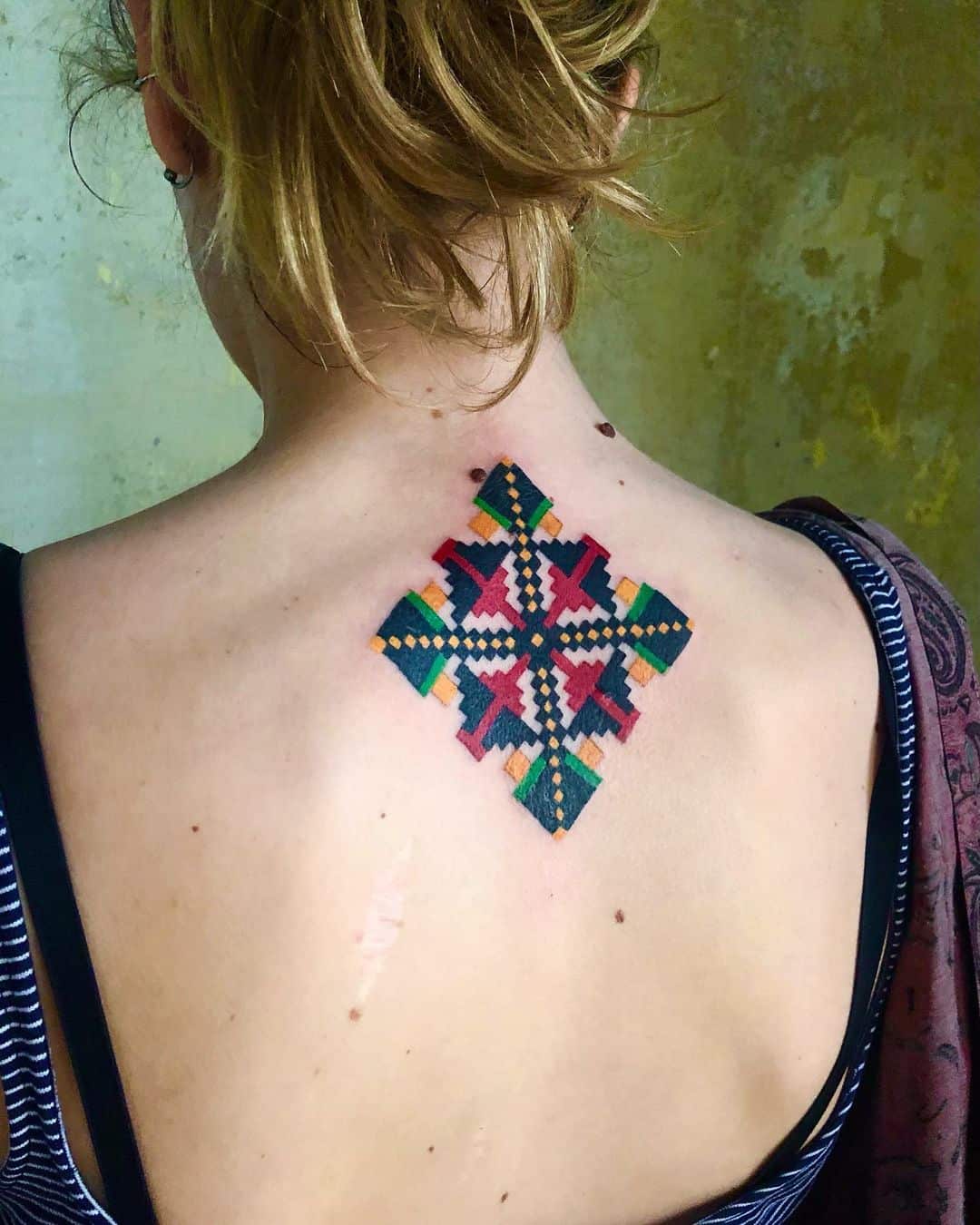
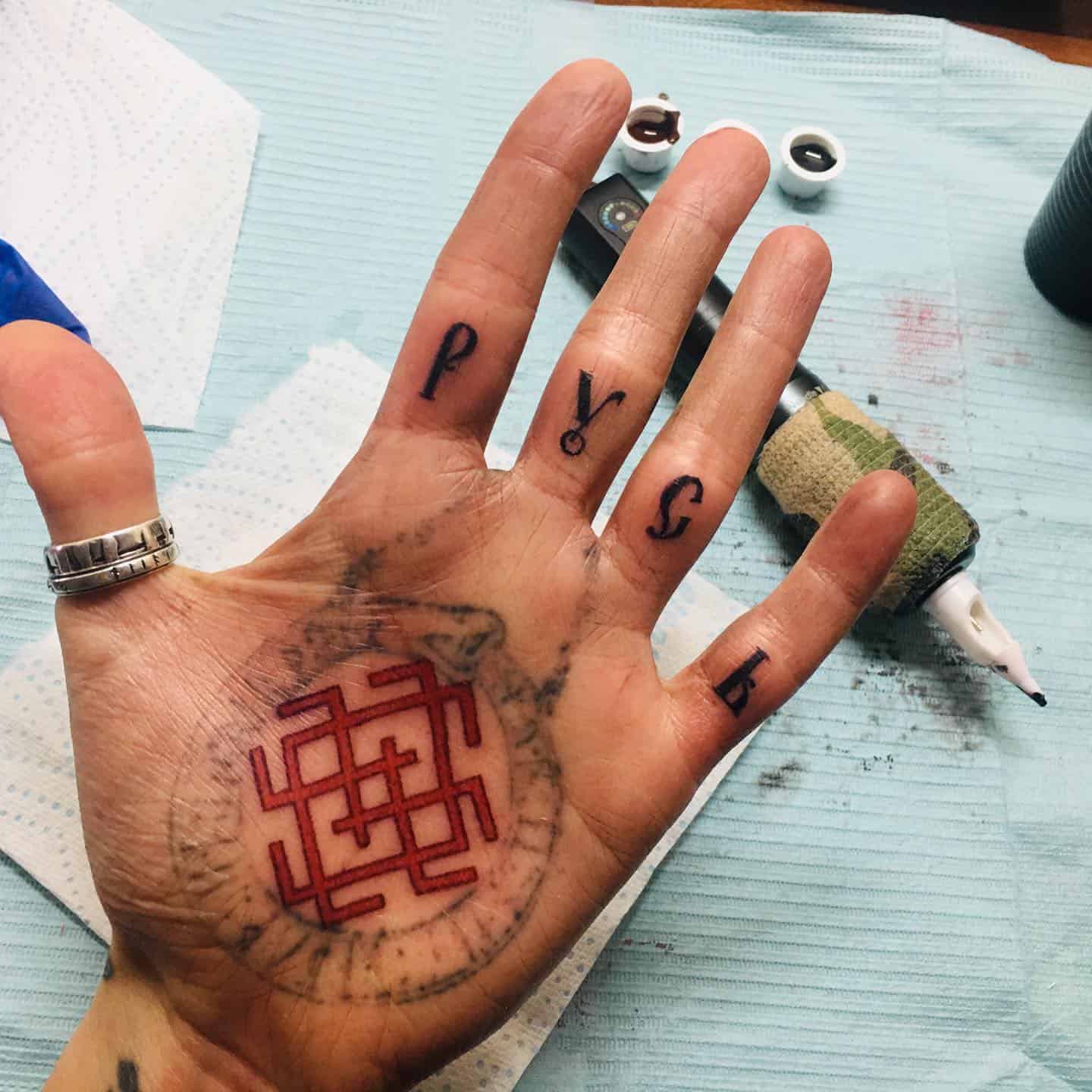
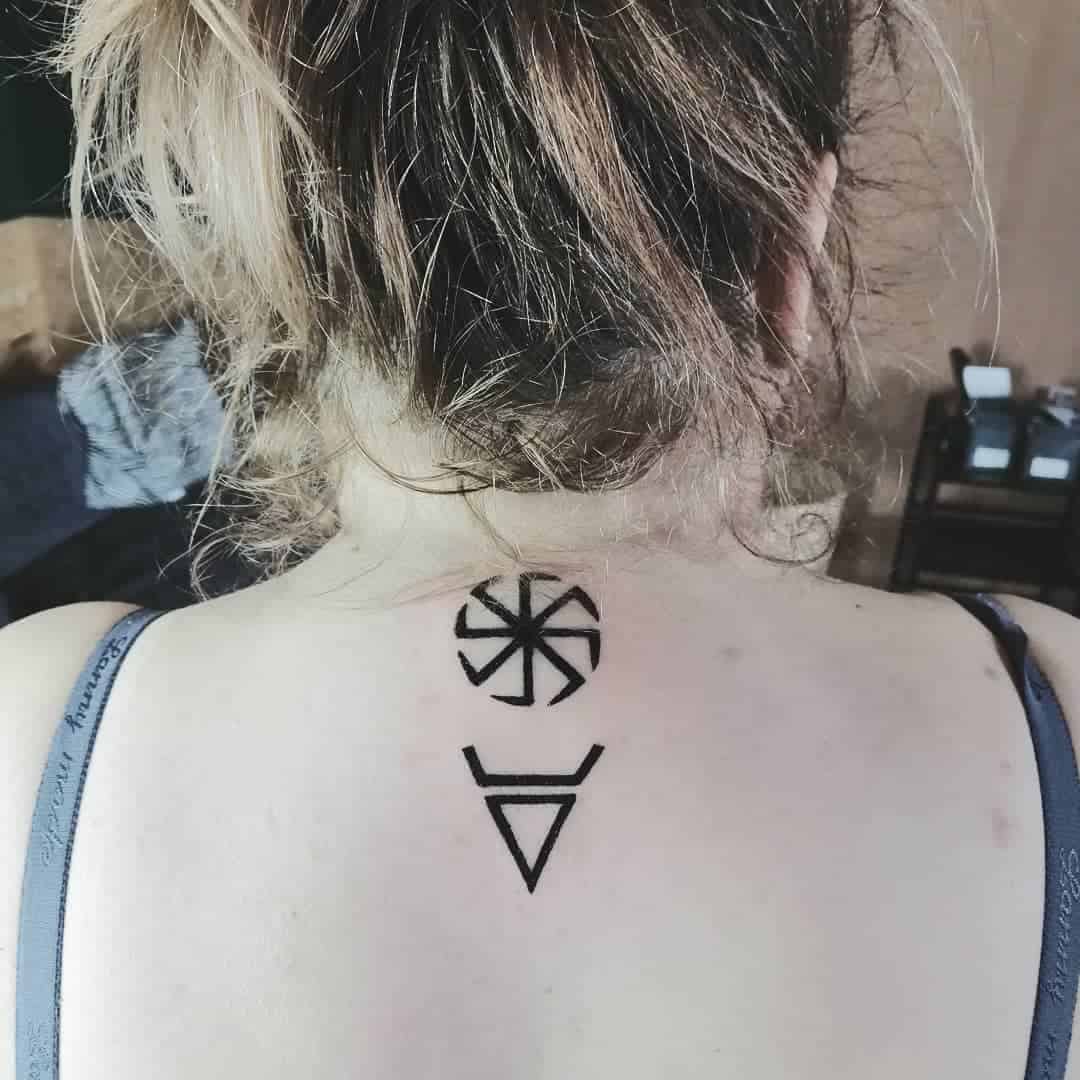
Native American Tribal Tattoos
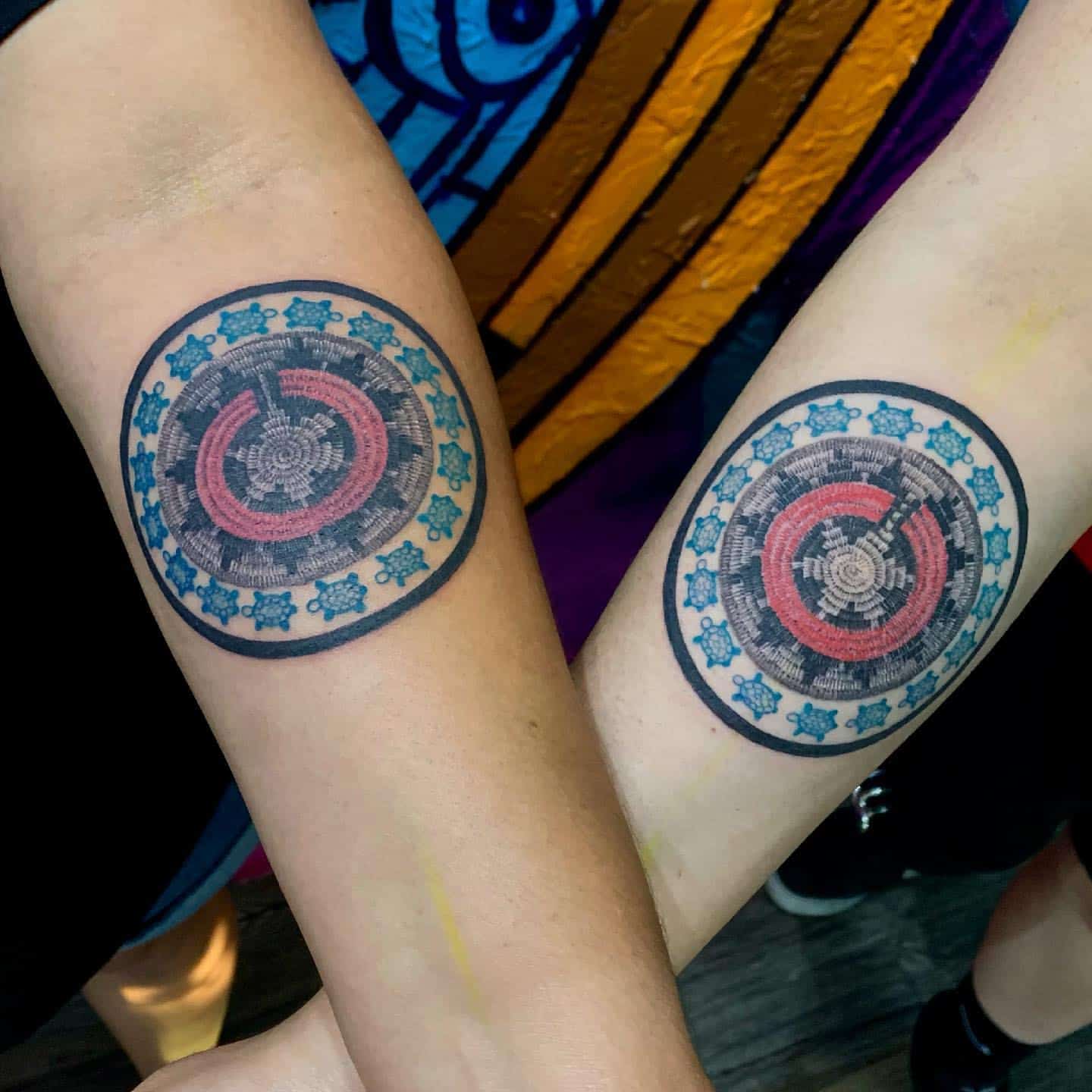
Native American tattoos are some of the most known in the world. They have a deep-rooted tradition and symbolize so much for these people and their ancestors. Native American tribal tattoos differentiate between different tribes.
The best-known designs come from the Iroquis and the Cree tribes, where men predominantly used tattoos to symbolize the fights and battles they had, but also their ancestral lineage and spirituality.
It is important to mention that Native Americans didn’t just utilize body marking as warfare symbolism. They also believed tattoos have healing powers, so to get a tattoo meant to get medical treatment. For example, if someone was hurting in a specific region on their arm, that region would be tattooed and ‘cured’.
Traditional Native American tribal tattoos are characterized by spiritual symbolism, animals (eagle, raven, wolf), natural elements (moon, sunflowers), arrows, dreamcatchers, etc.
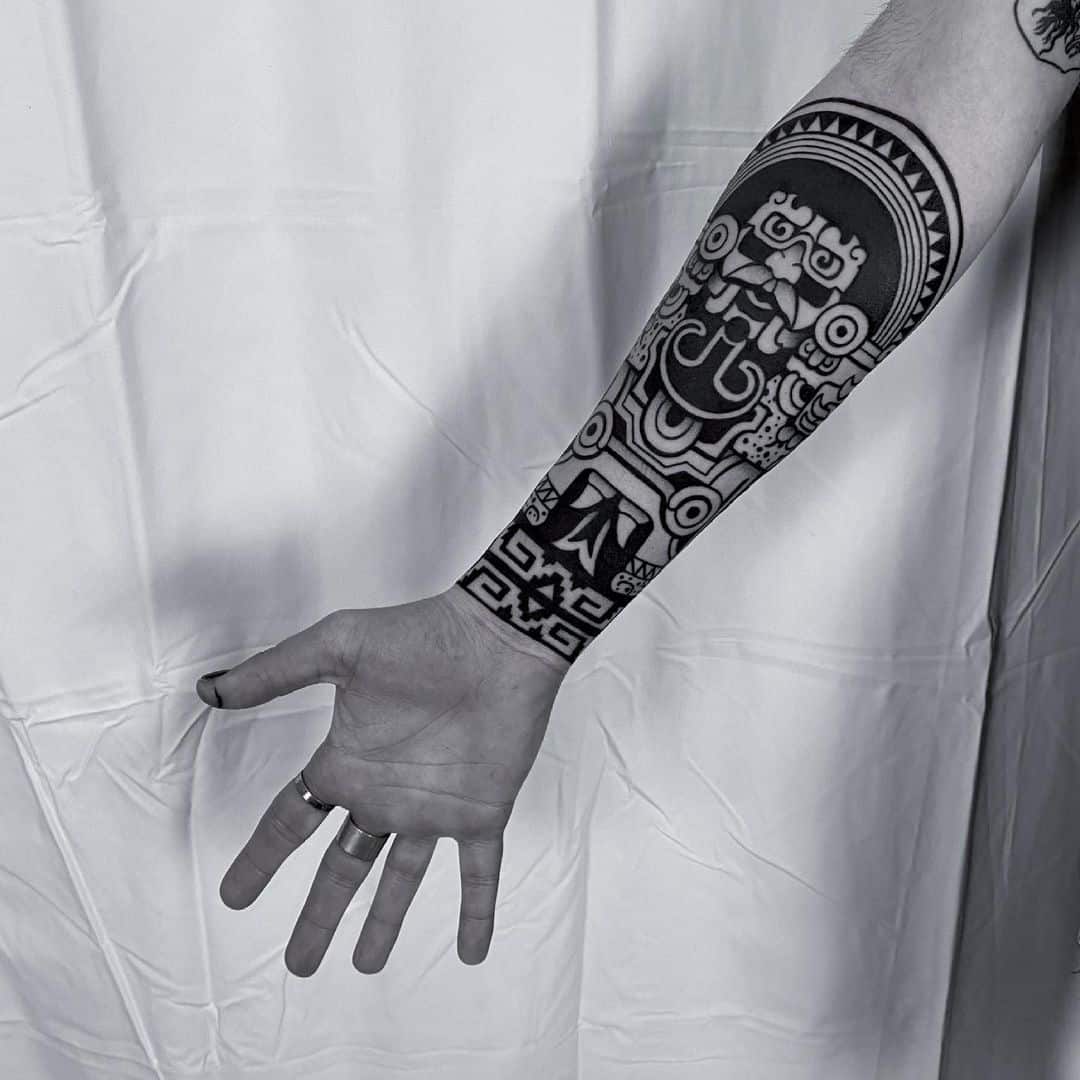
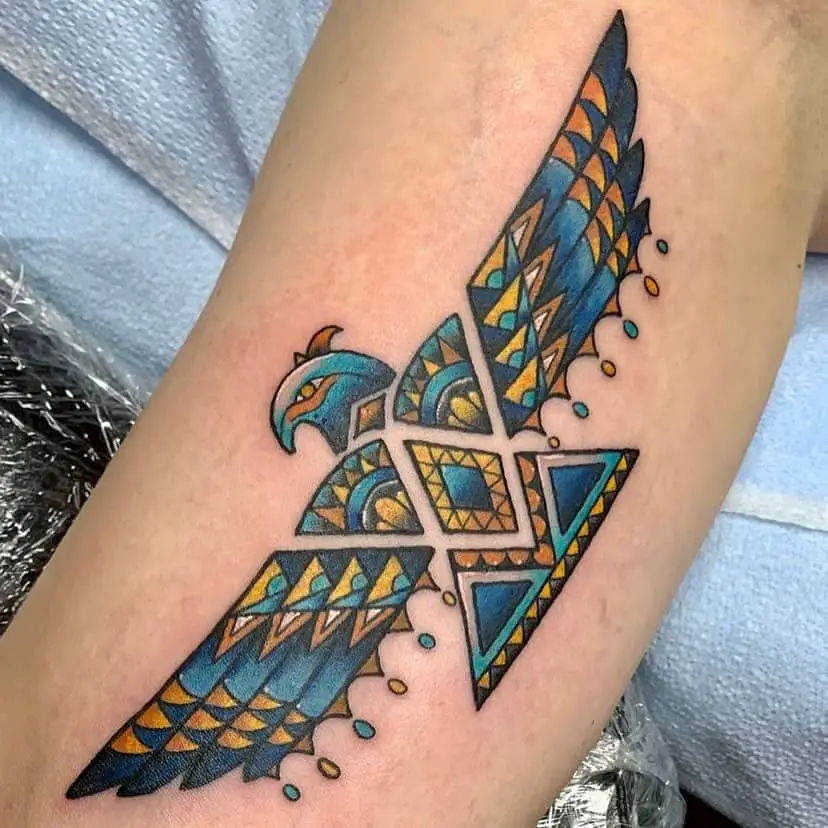
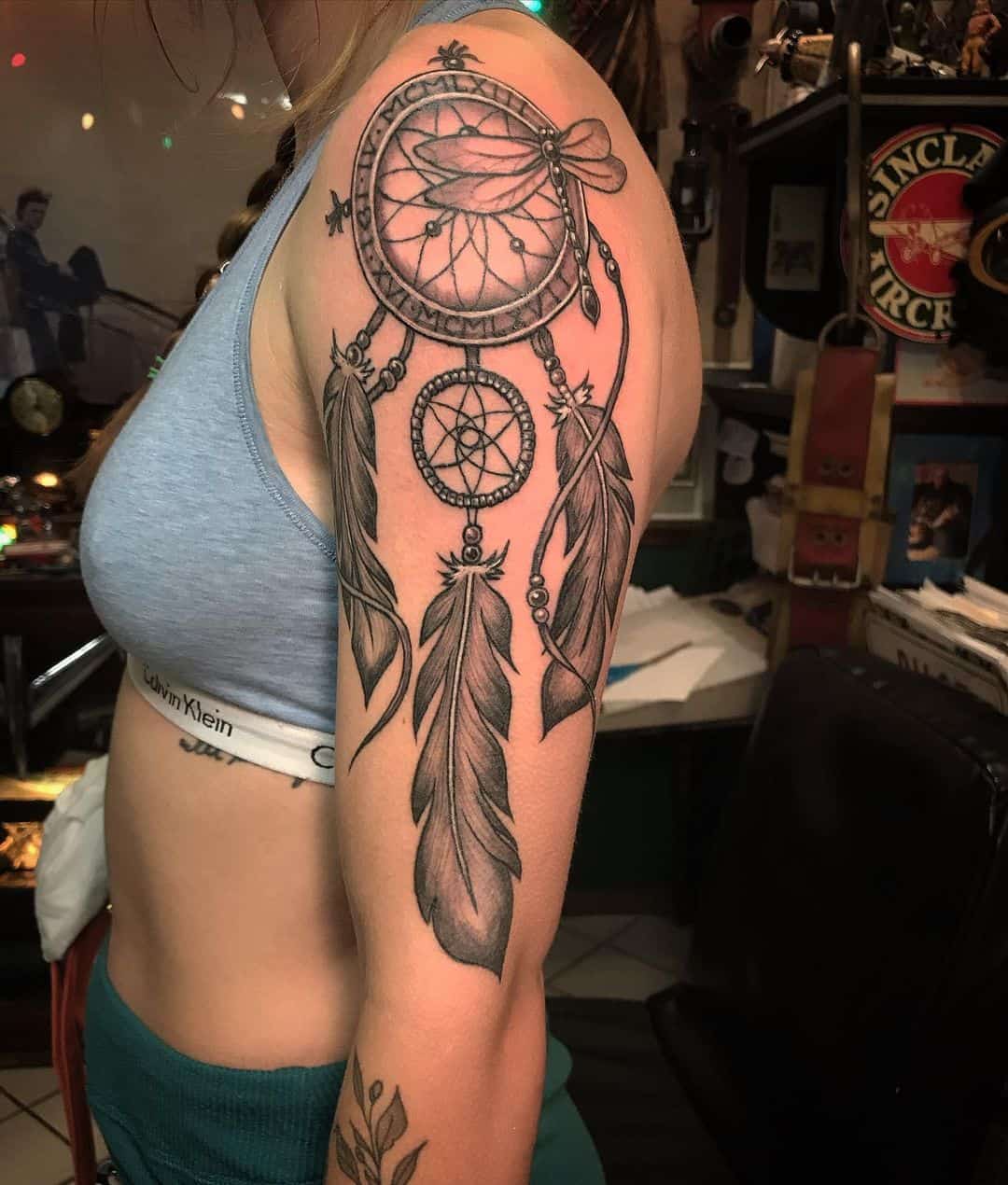
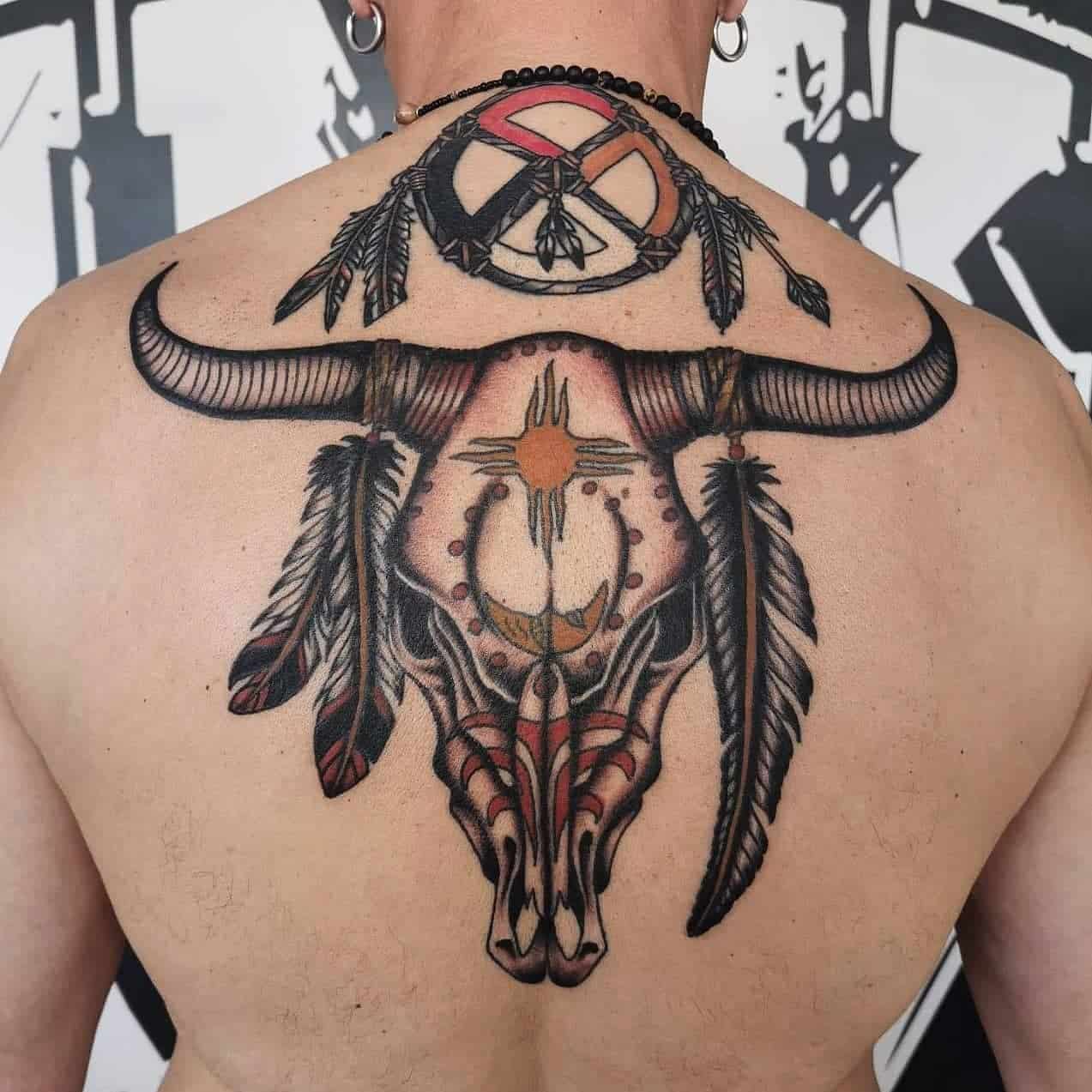
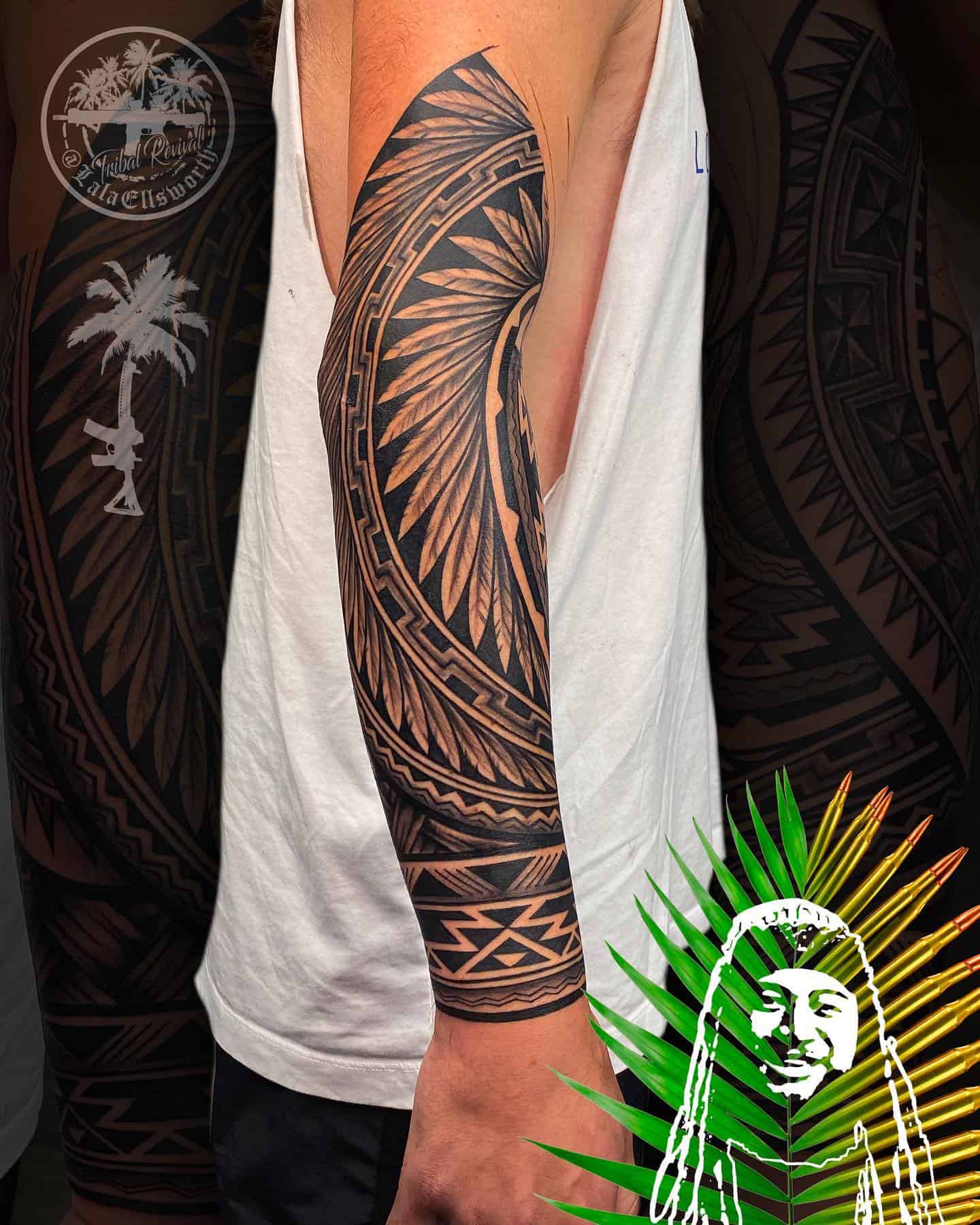
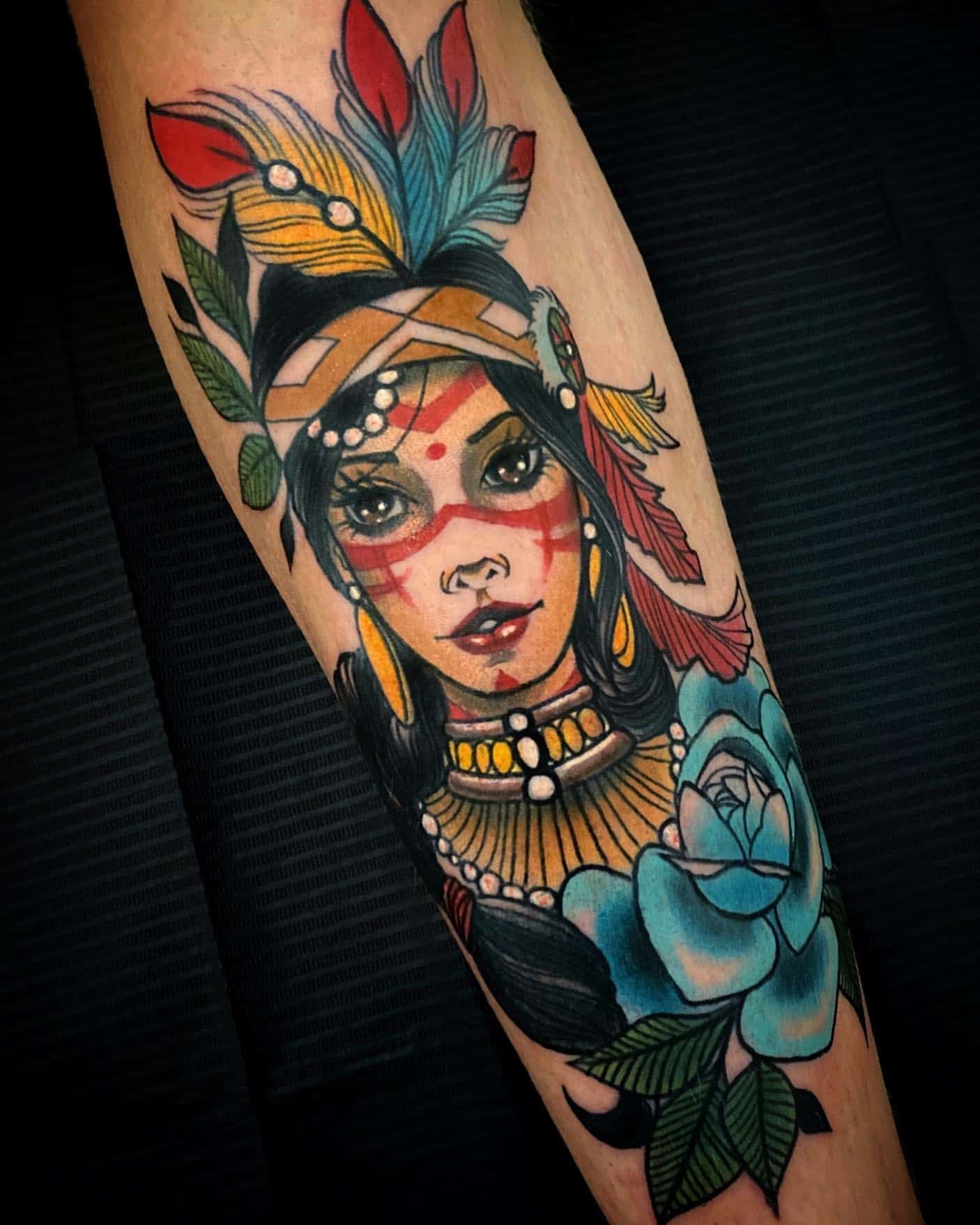
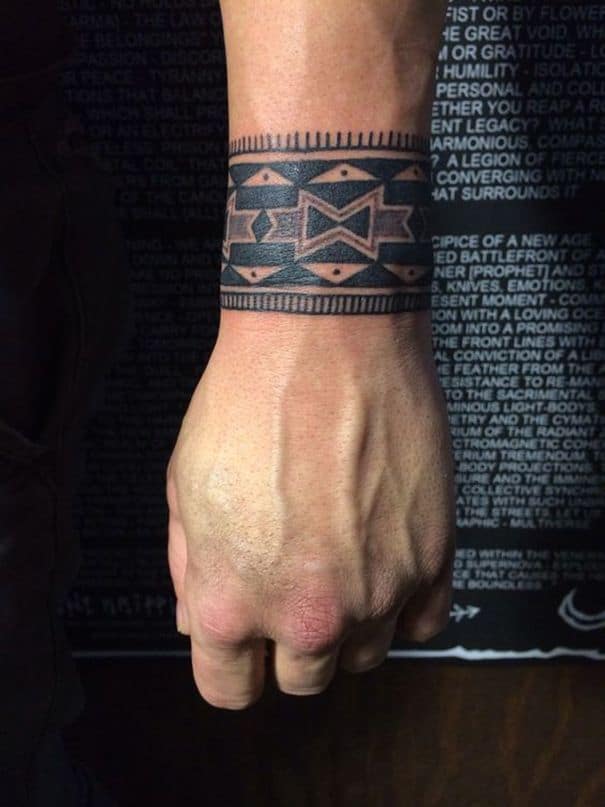
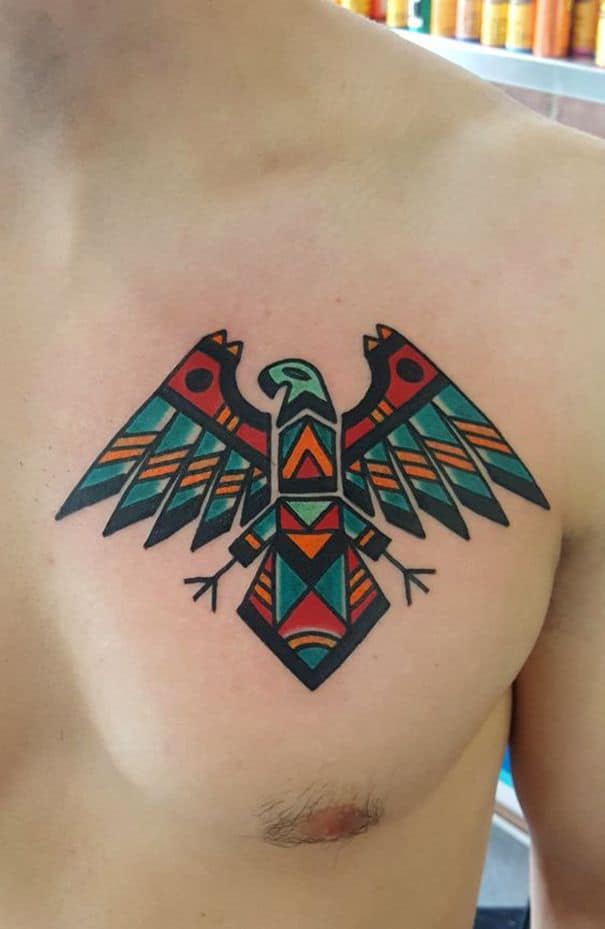
Indian Tribal Tattoos
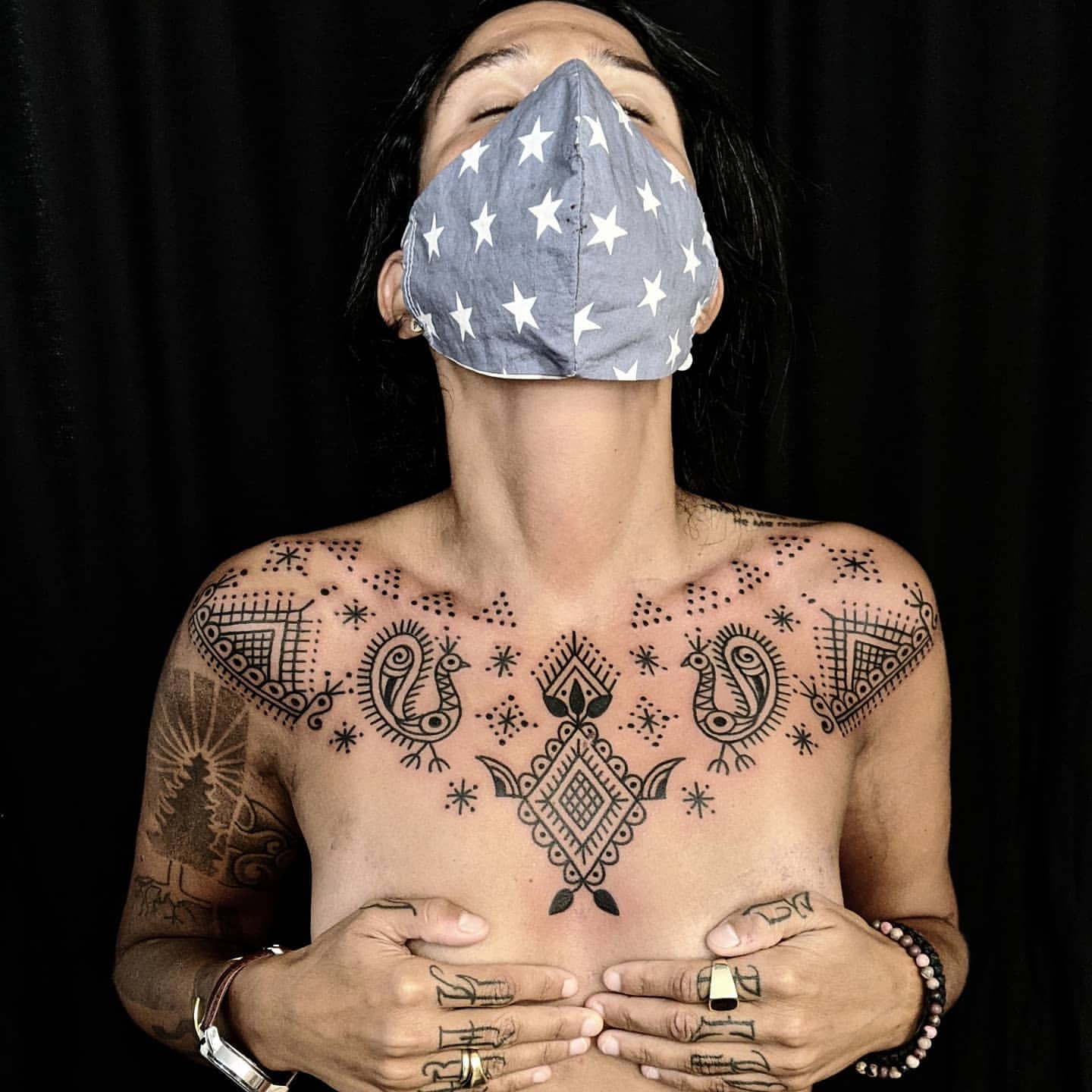
India is known for its history and tradition in tattooing and Henna body marking. For hundreds of years, Indian tribes believed that tattooing gives them jewelry that no one can take away from them. That is why the majority of the tattoo designs appear like jewelry.
However, different tribes across India had different tattooing practices. Some of the practices included voluntary tattoo infection to make the tattoo appear bigger, darker, and more visible.
Unfortunately, some of the tribal practices in India included ‘deglamourizing’ women for the sake of protecting them against predators.
Not all tattooing in India was considered the same for men and women. For example, it was believed that the more pain a woman endures during tattooing, the better of a mother she will be. Other women were considered tattooed because it symbolized them to be a part of royalty and aristocracy.
Indian tribal tattoos comprise different floral and liner patterns, as well as symbols and figures. The tattoos would extend across the body, or only on hands and the back.
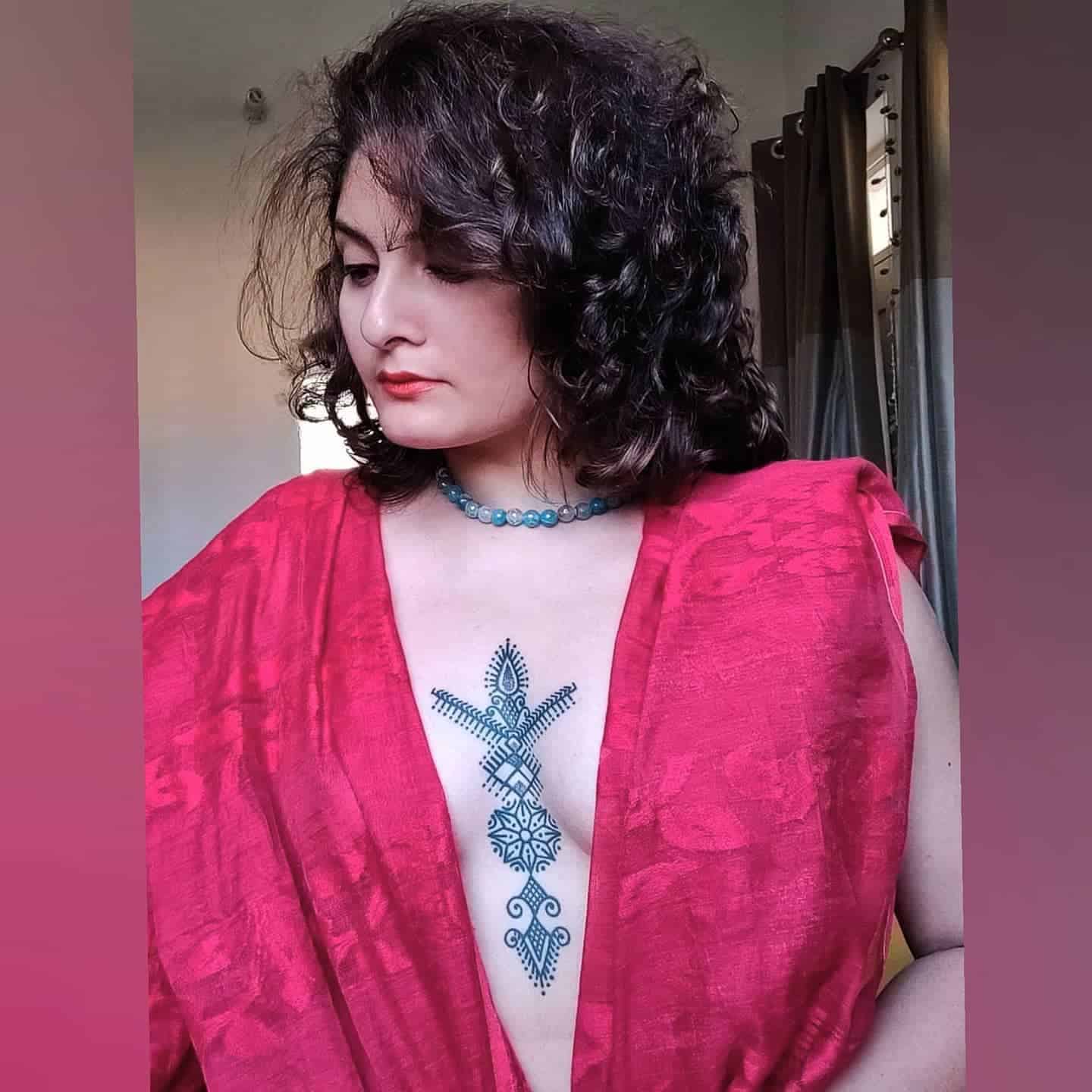
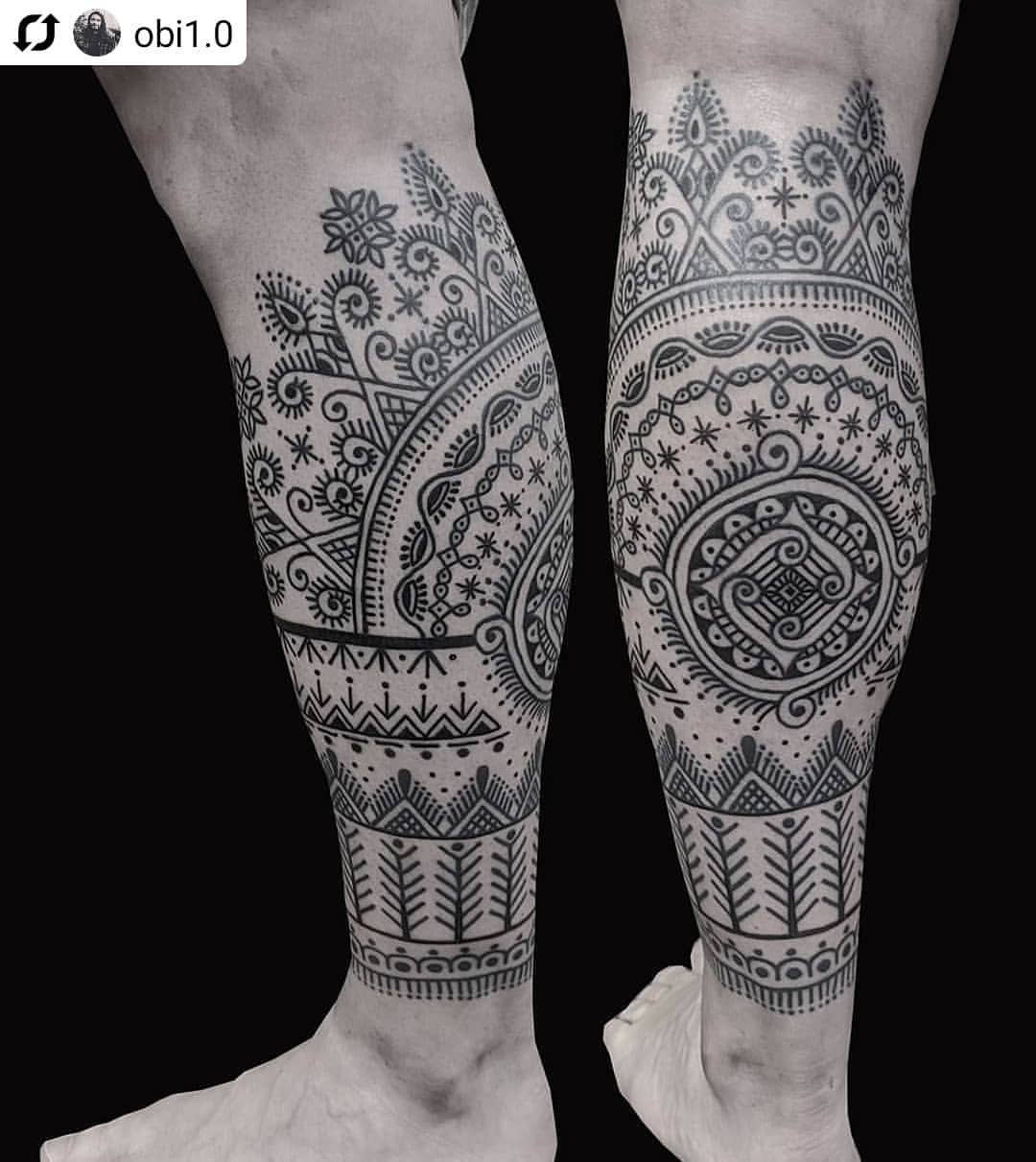
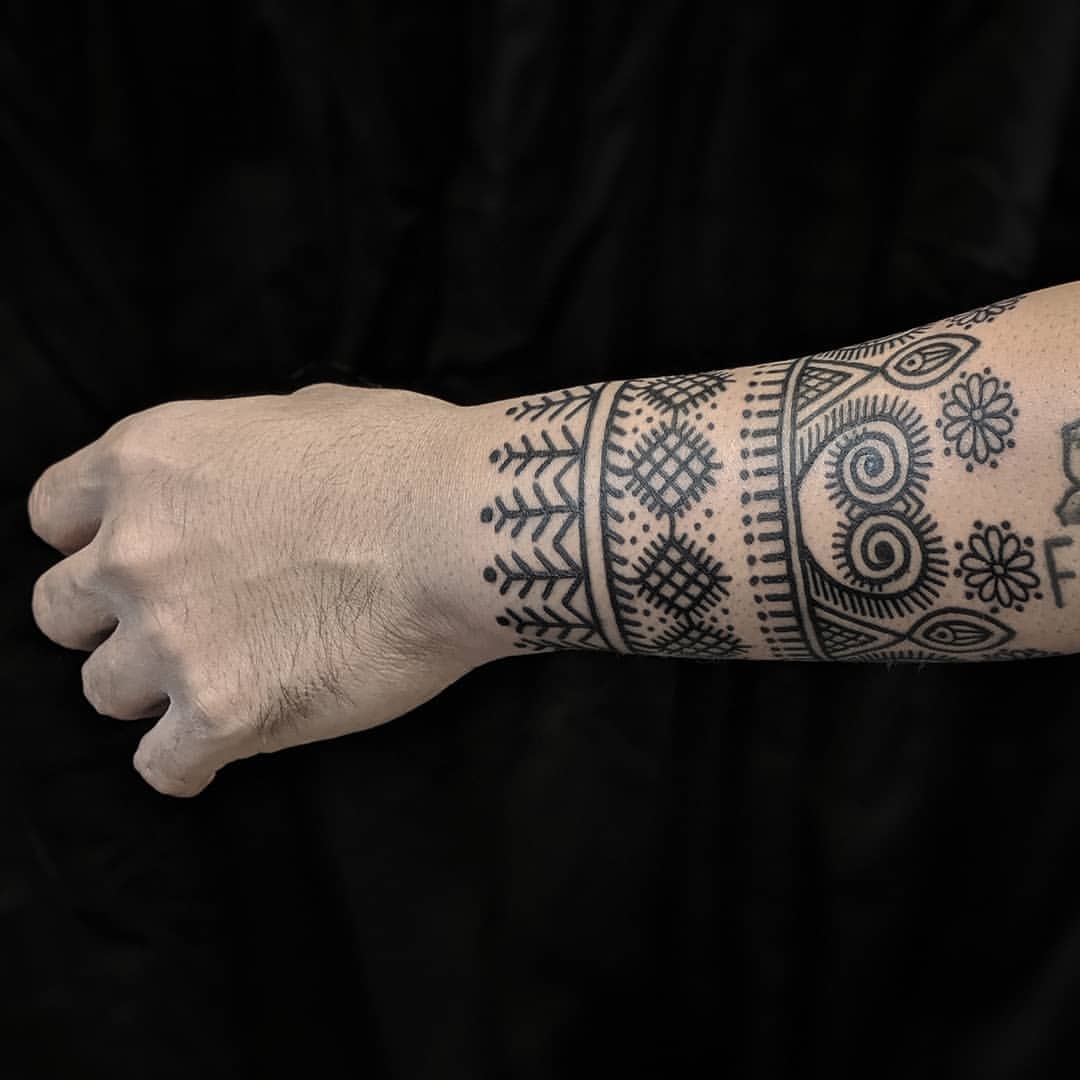
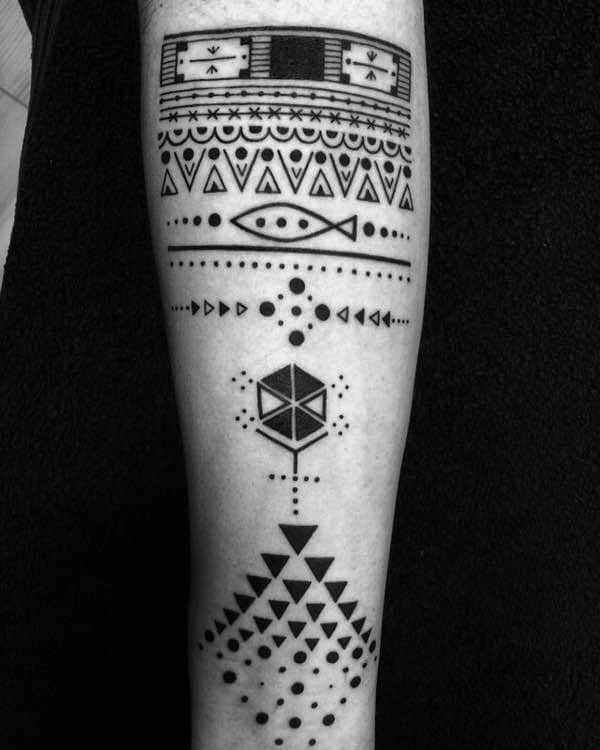
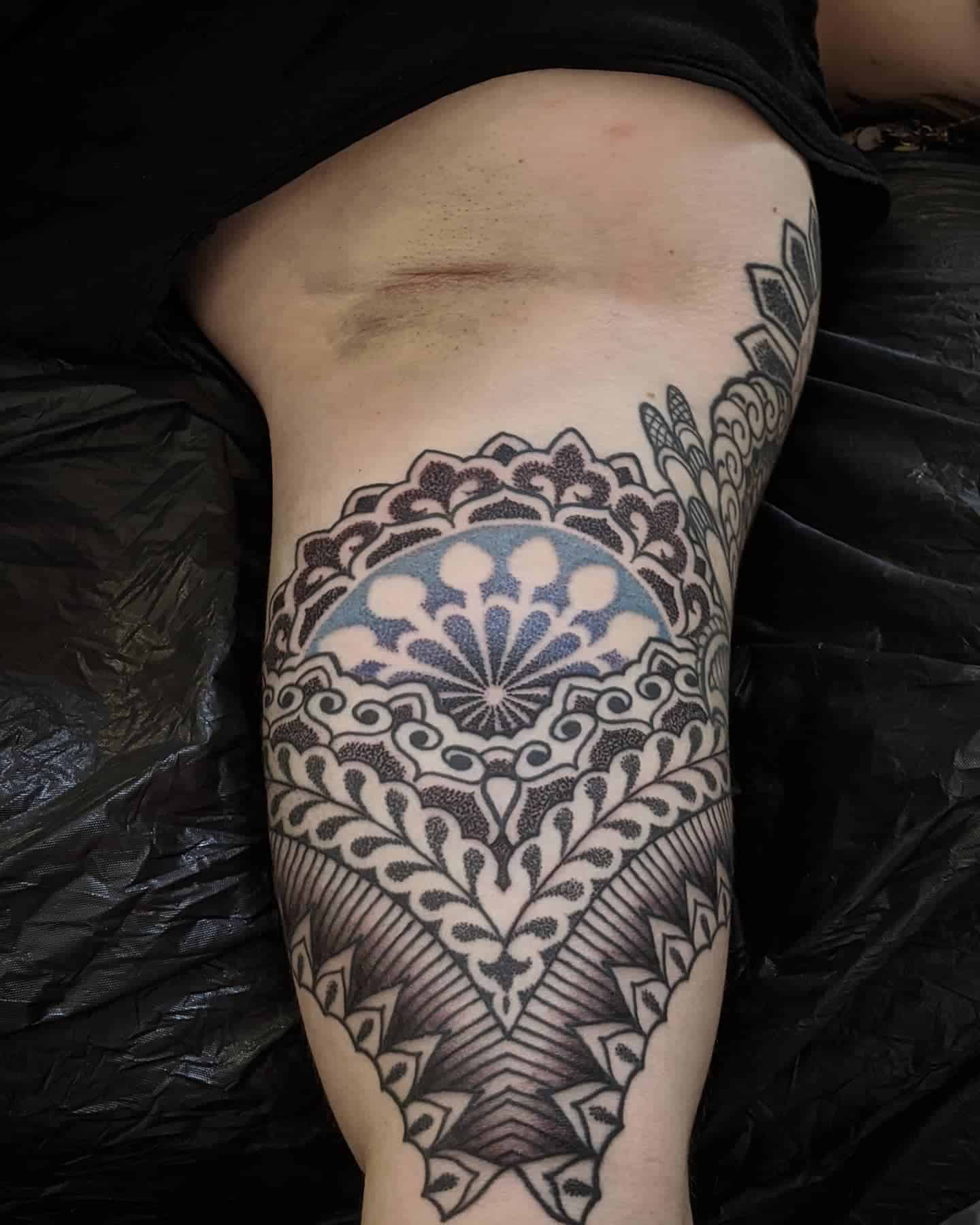

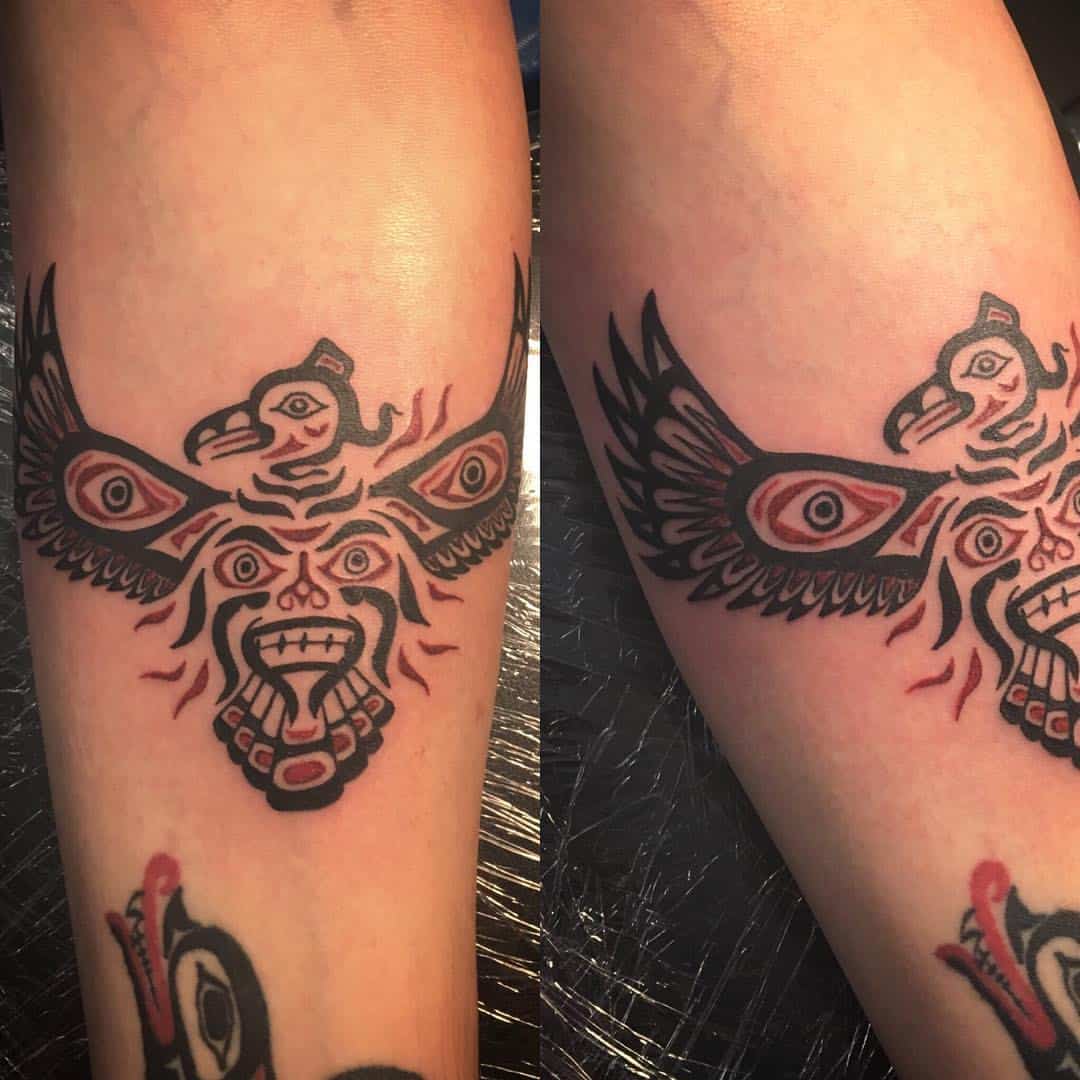
Mexican (Aztec) Tribal Tattoos
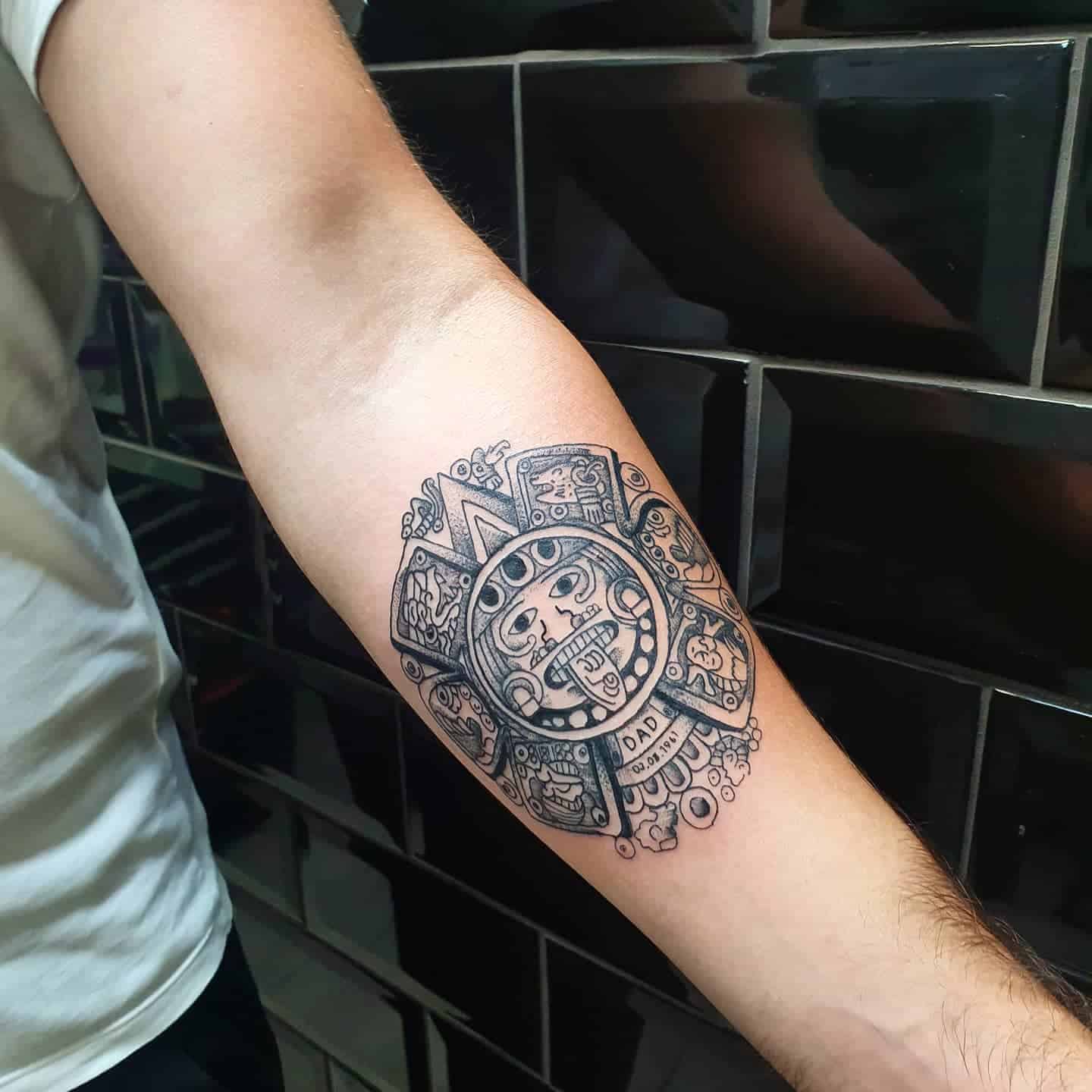
Traditional Mexican tribal tattoos originate from the Aztec people and their tattooing culture. Aztec people occupied and ruled the region of Central America during the 14th century, where they’ve impacted the culture and tradition for hundreds of years to come. Tattooing was an essential part of Aztec rituals, used to honor gods and help differentiate between tribes.
Nowadays, people of Mexico tend to get traditional Aztec tattoos depicting the Aztec pictorial language Nahuatl. Some of the tattoo symbols also include eagles, crocodiles, warriors, and the Sun, all being important belief symbols in the Aztec empire. These tattoos honor the Aztec civilization, the Aztec gods, and the overall cultural impact of this civilization.
Read More: 40+ Aztec Tattoo Meaning & Design Ideas (2023 Updated)
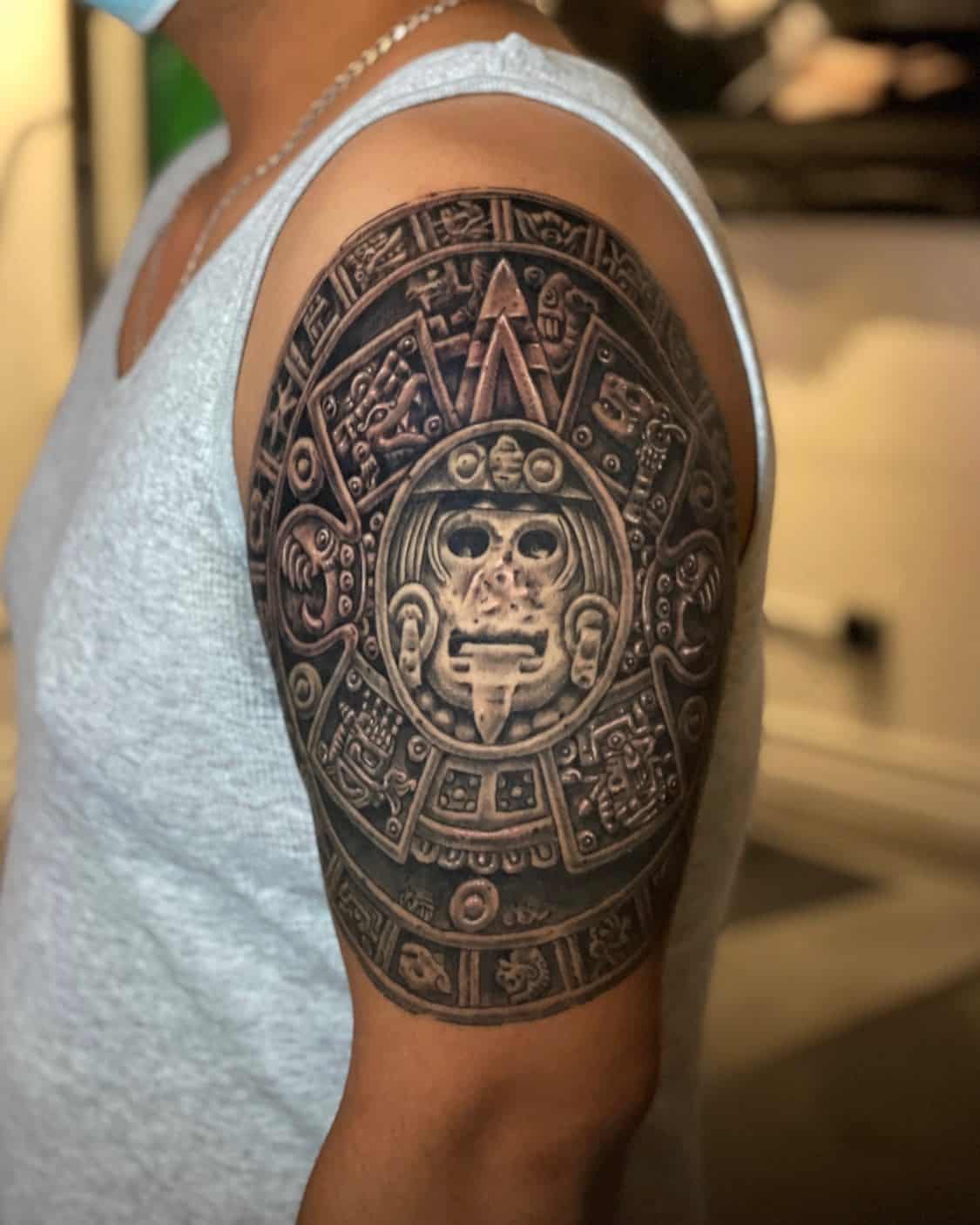
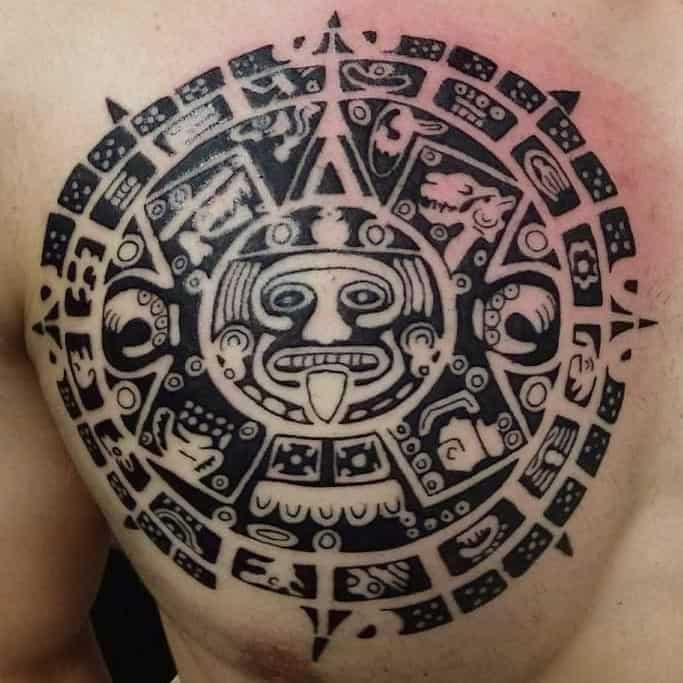
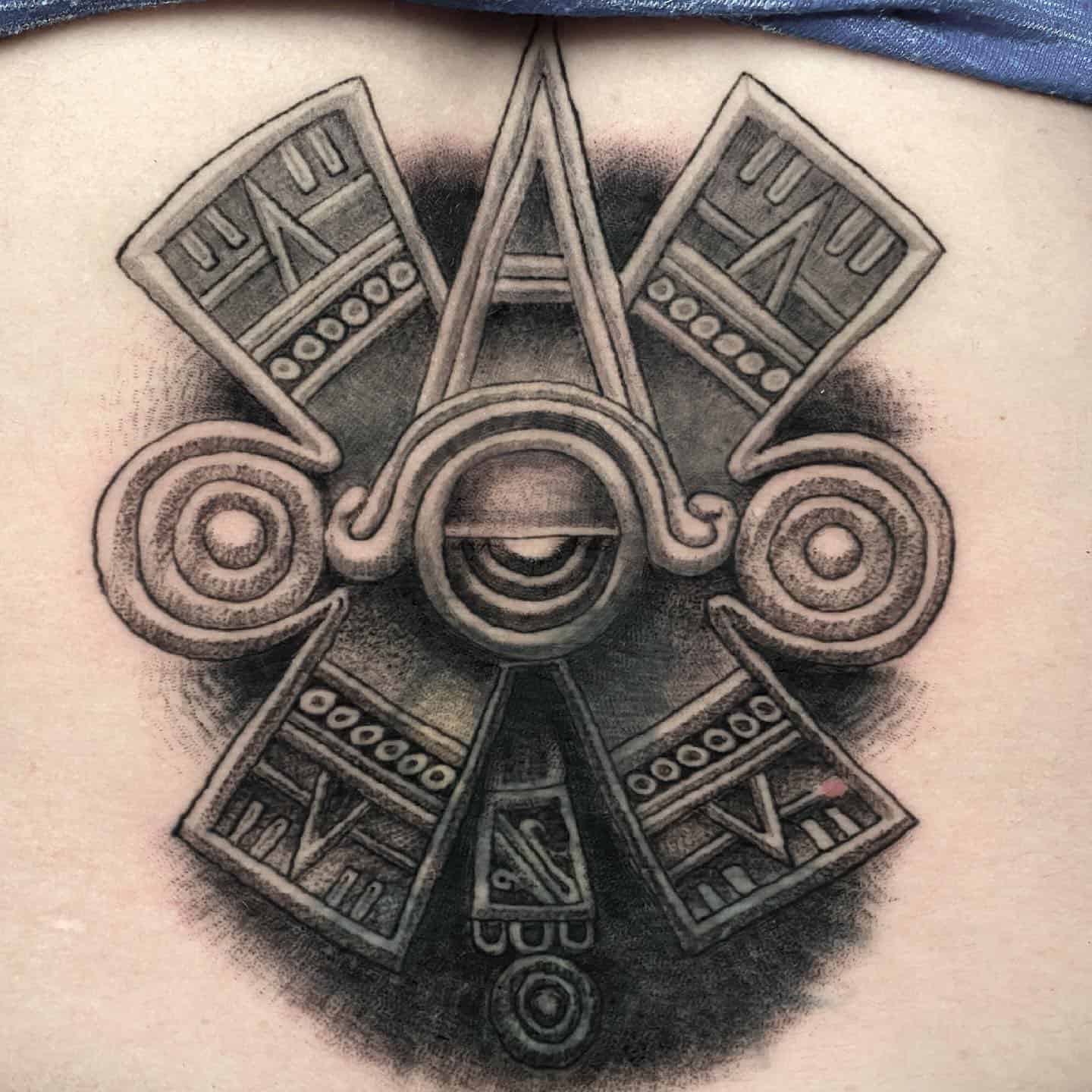
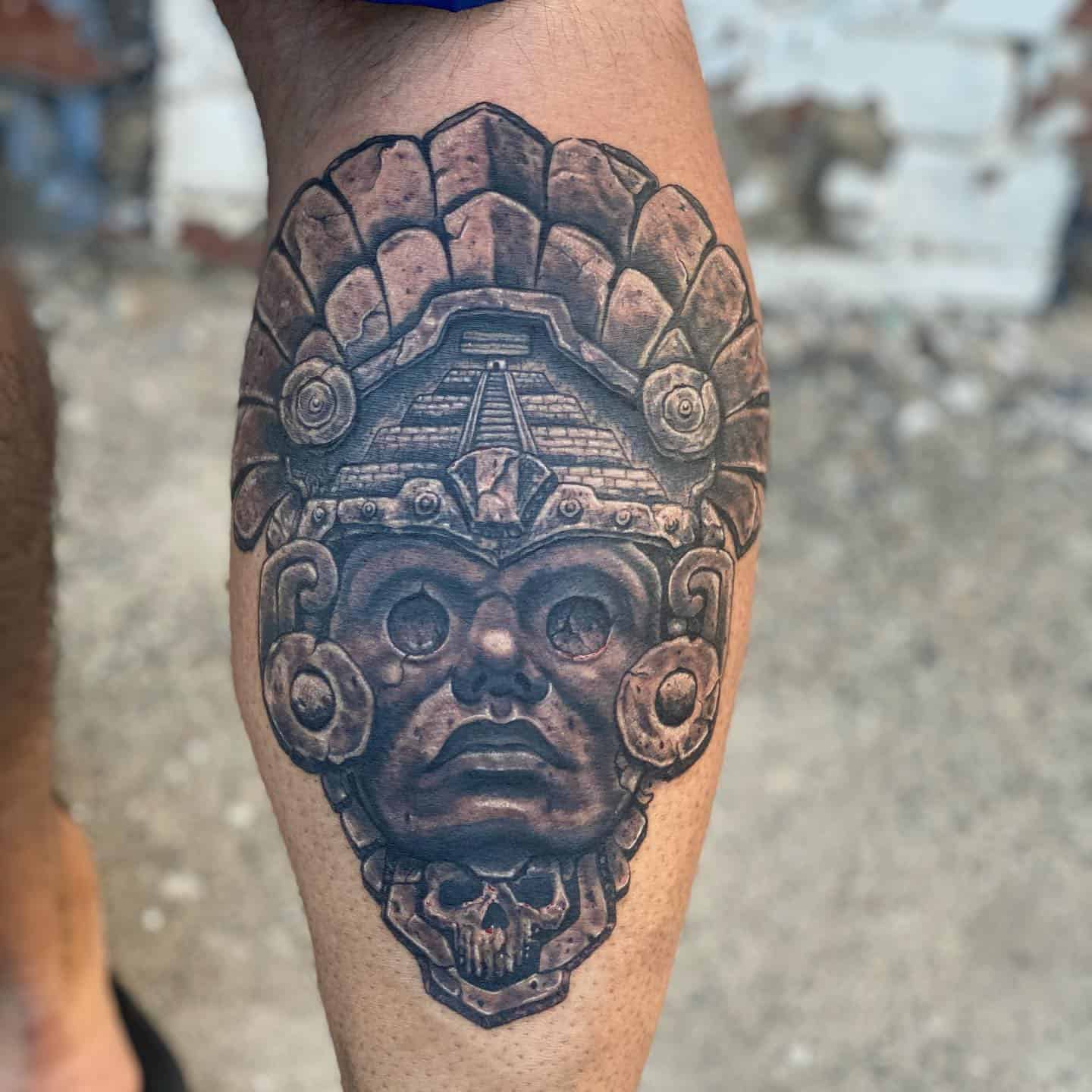
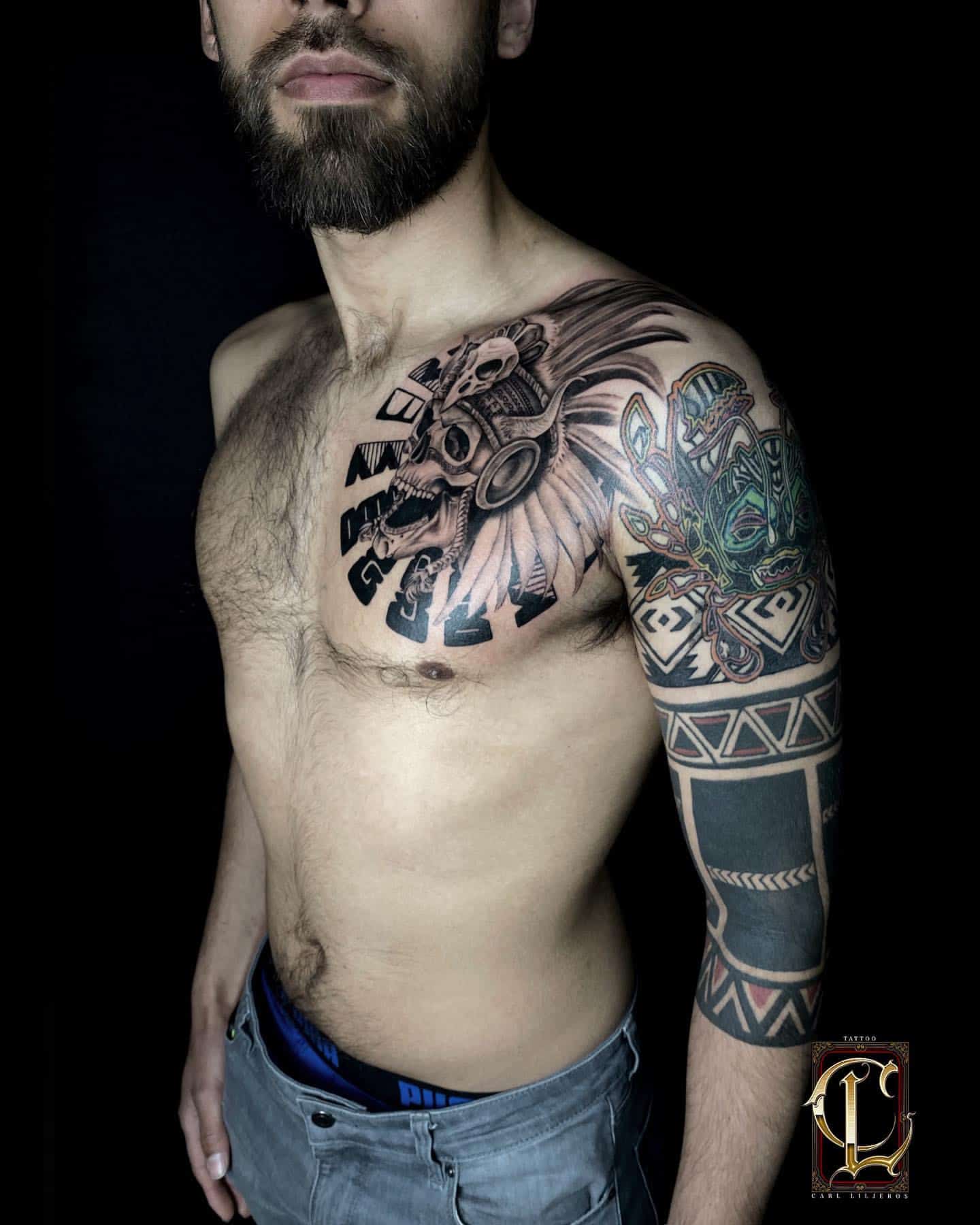
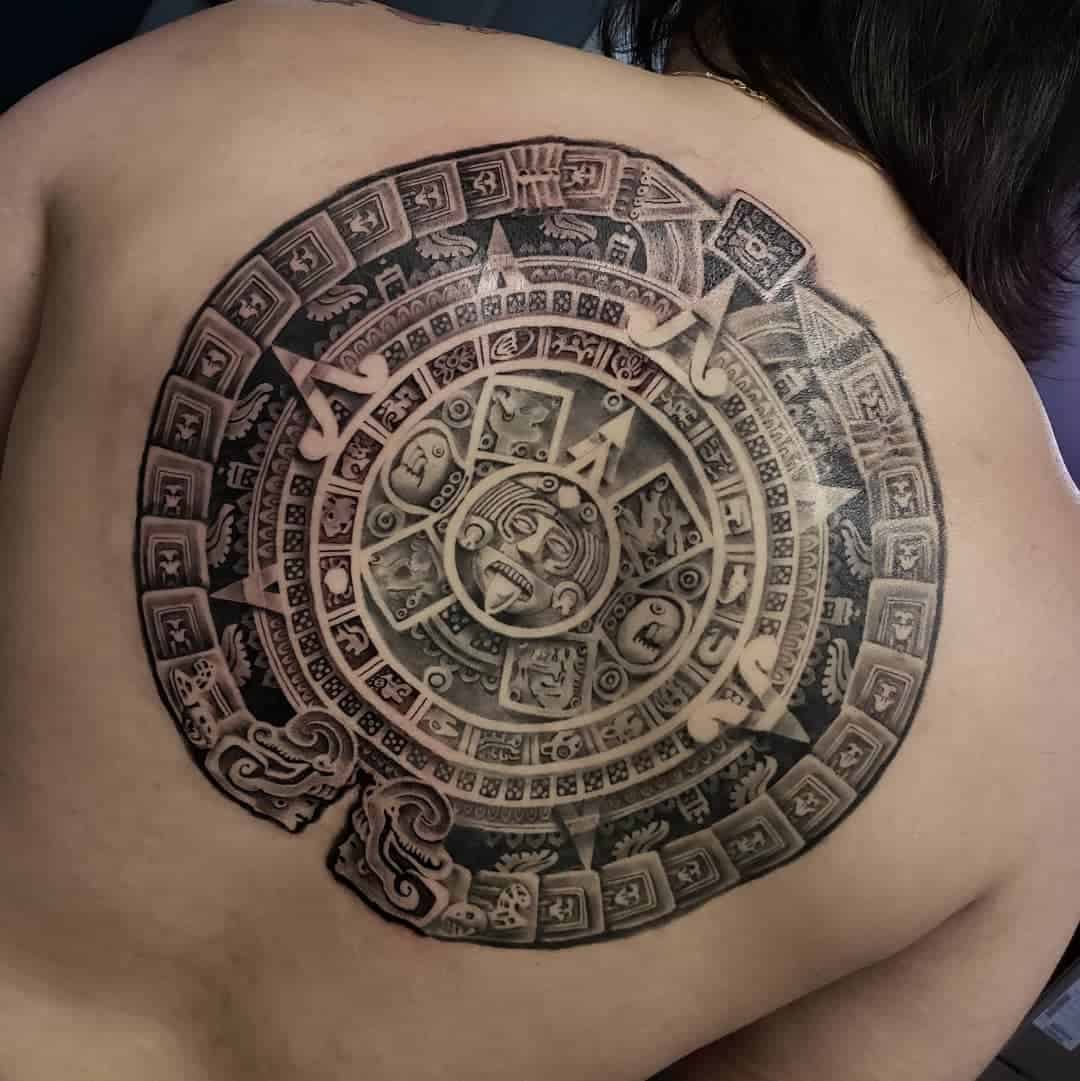
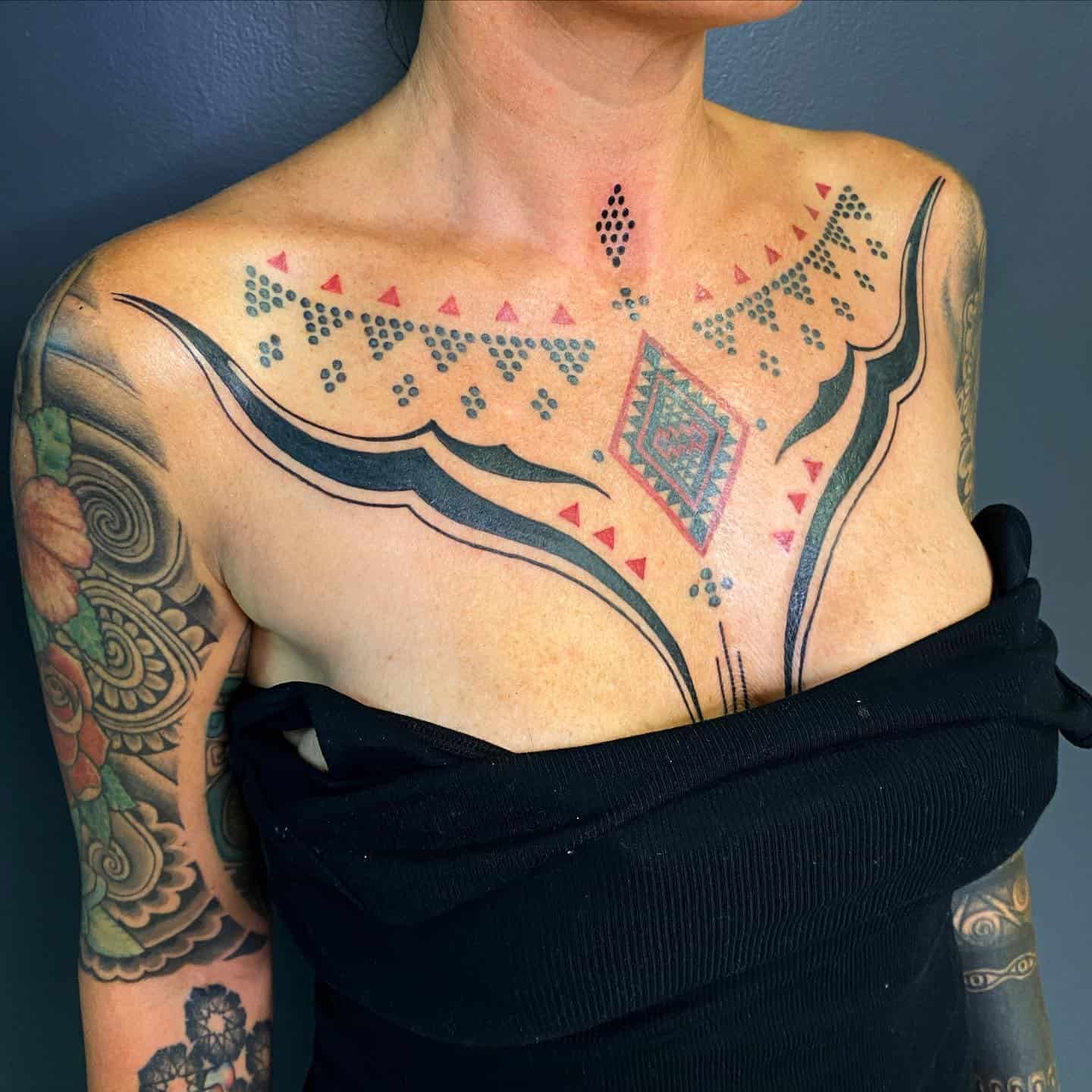
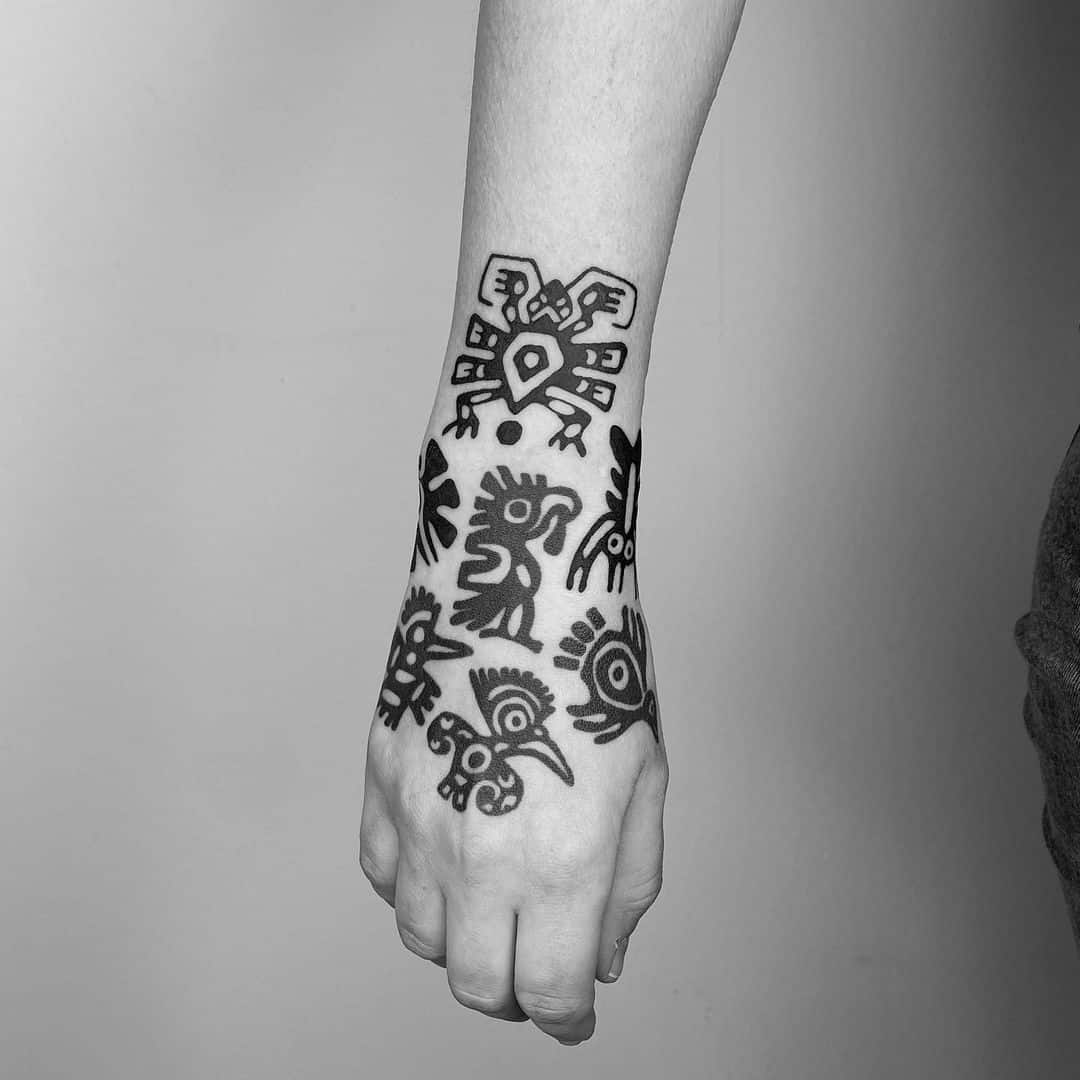
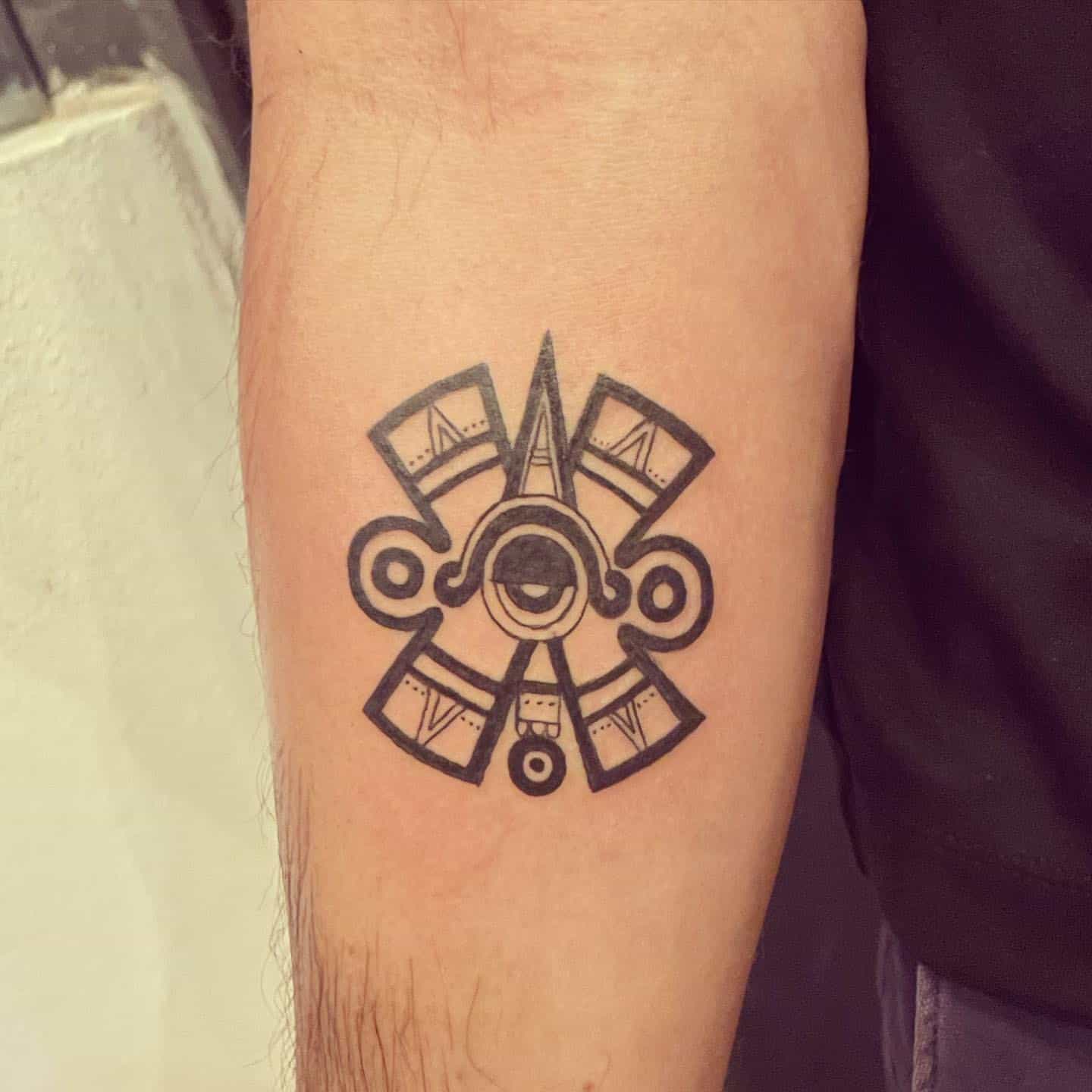
Tribal Tattoos – Essential Info
What Is The Best Placement Of a Tribal Tattoo?
The majority of tribal tattoos are placed on visible body areas, like the head, arms, hands, chest, face, etc. Historically, the tattoos needed to be as visible as possible so that people could differentiate between tribes and potential enemies at a first glance.
Nowadays, people who get tribal tattoos try to make them visible too, mostly in the case of honoring heritage and ancestry. Depending on the design, the chest, upper arm, upper back, forearm, and lower leg seem to be the most popular placements of tribal tattoos.
Is It Disrespectful To Get a Tribal Tattoo?
It is generally considered pretty rude and disrespectful to get a tribal tattoo if you don’t belong to a specific heritage and tradition. For example, if you’re not a Native American, and you can a tribal tattoo of Native American tribes, you’d be disrespectful to that tradition, culture, and peoples. Wearing traditional tattoos without belonging to that tradition is considered a type of cultural appropriation.
Should I Get a Tribal Tattoo?
Here’s what we know so far about getting a tribal tattoo if you’re not of the same heritage and tradition;
- It is considered to be cultural appropriation
- It is considered highly disrespectful and rude
- But, some cultures do not mind it
For example, Slavic tribal tattoos won’t cause you any problems if you’re not of Slavic heritage. Many Slav peoples think that others get such tattoos to simply show their admiration of the Slavic tradition and culture. It is a good thing in this case.
The same goes for many Japanese people. Even though not tribal, Japanese tattoos are still cultural and belong to a thousand-year-old tradition. But, Japanese people aren’t offended when someone, non-Japanese, gets a traditional tattoo.
They’re generally very happy that their culture and tradition are appreciated worldwide. However, they do not like when people get Japanese tattoos without being previously educated about them.
However, if you go for any other tribal tattoo and you do not belong to that culture and heritage, then you probably shouldn’t get the tattoo.
Which Tribal Tattoos Are Most Offensive (When Culturally Appropriated)?
- Native American tribal tattoos or tattoos depicting Native Americans

- Tattoos depicting Indian, Hindu, or Buddhist deity
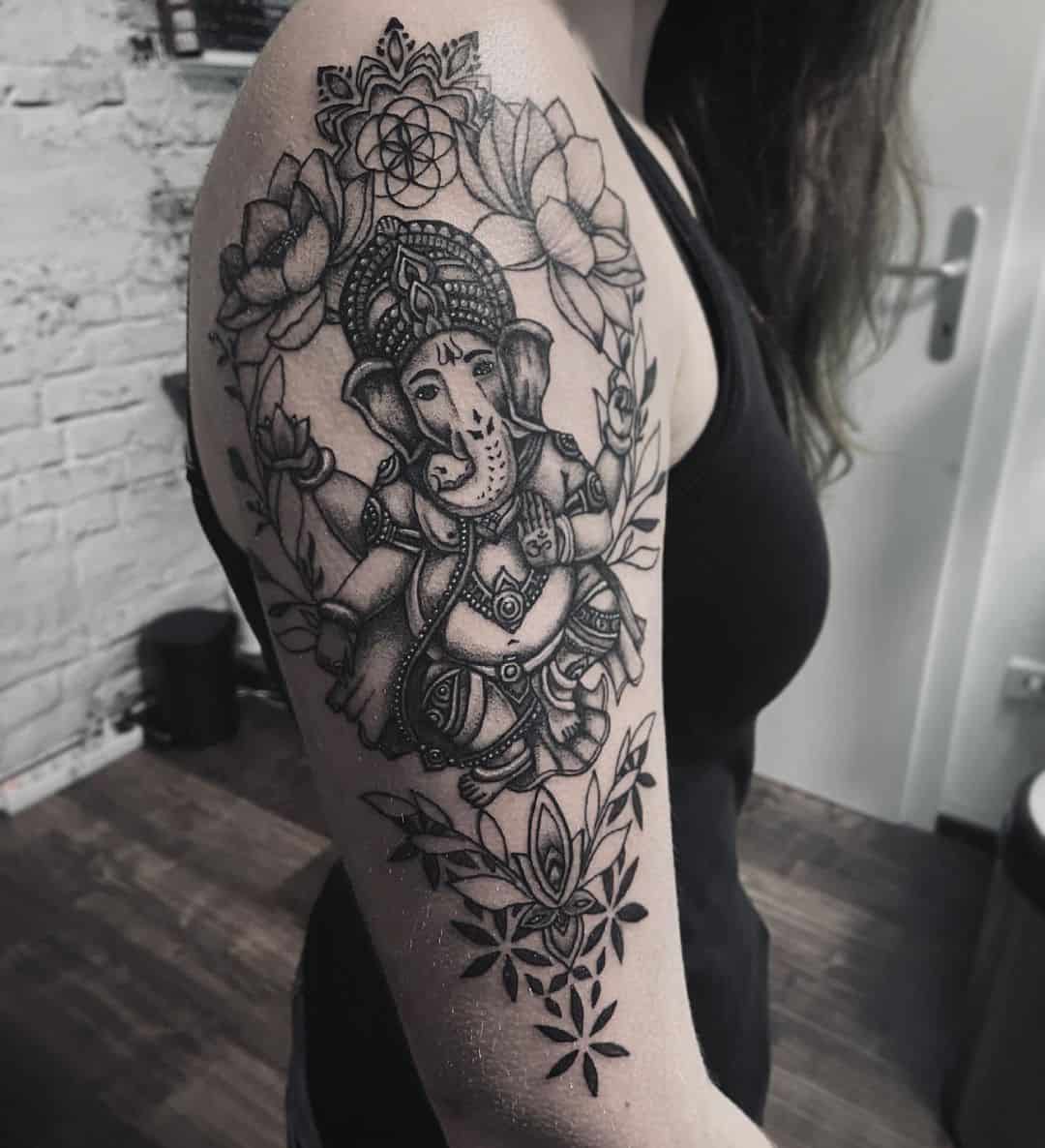
- Tattoos depicting the Japanese Koi fish
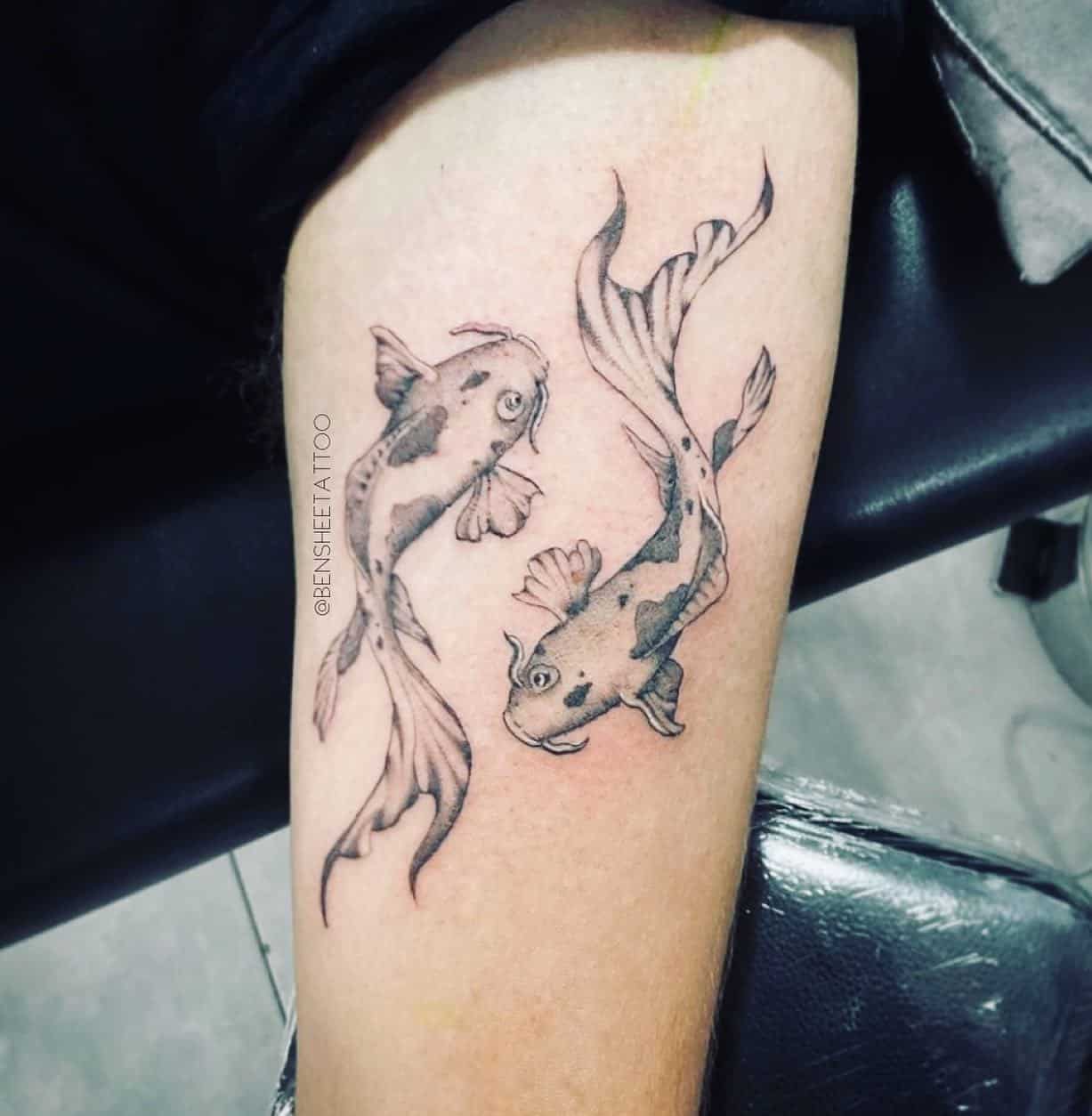
- Samoan tribal tattoos
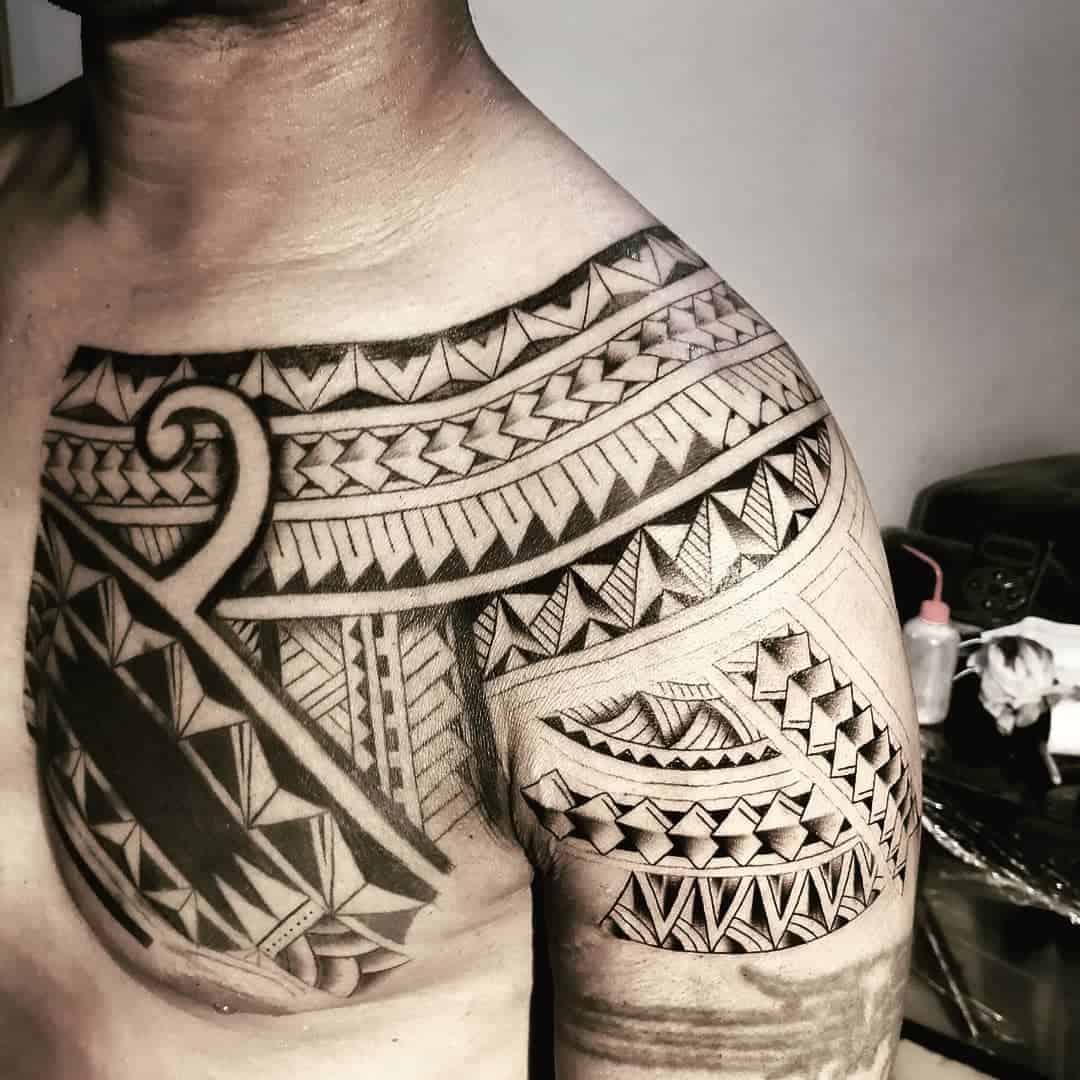
- Tattoos depicting Sugar Skulls
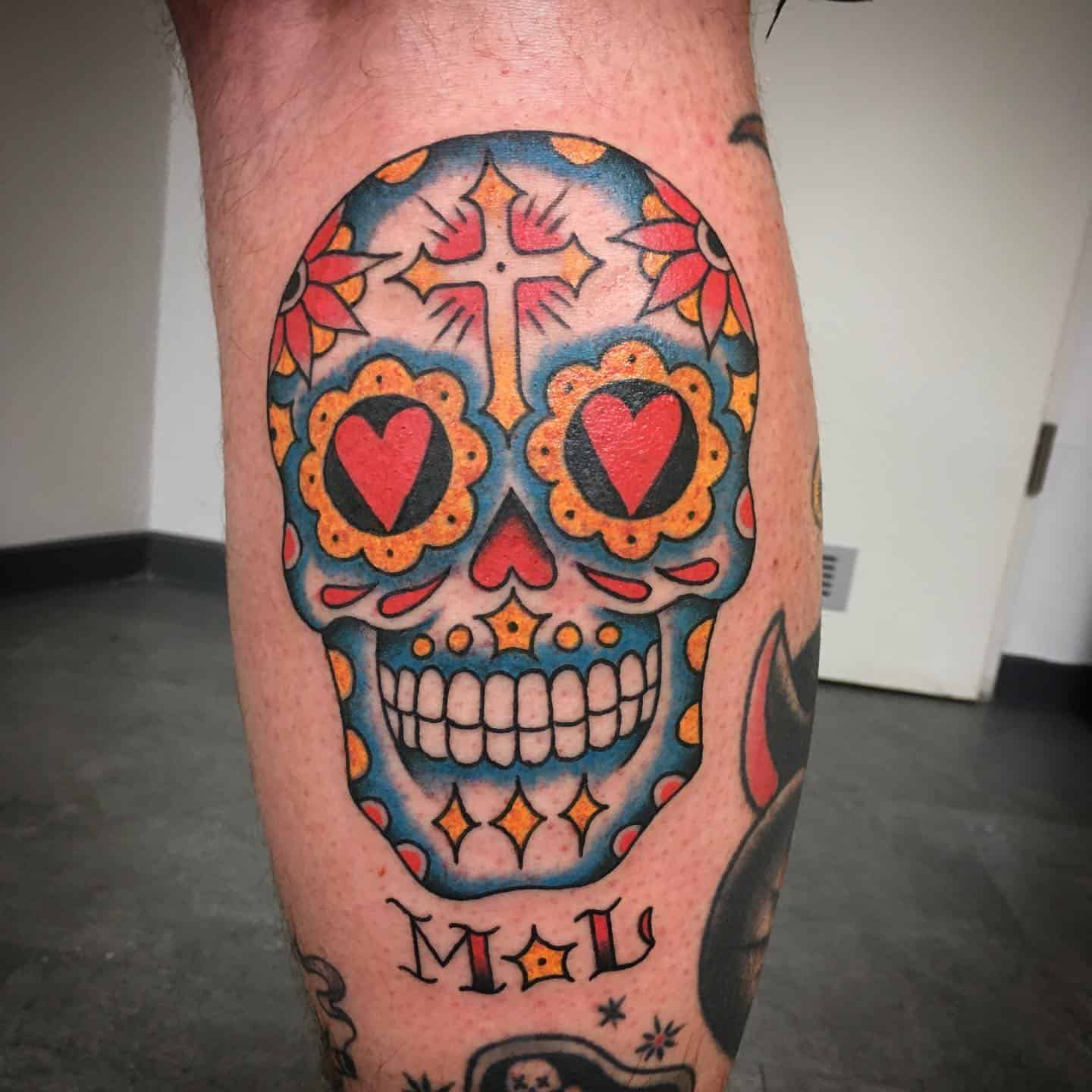
- Maori tribal tattoos
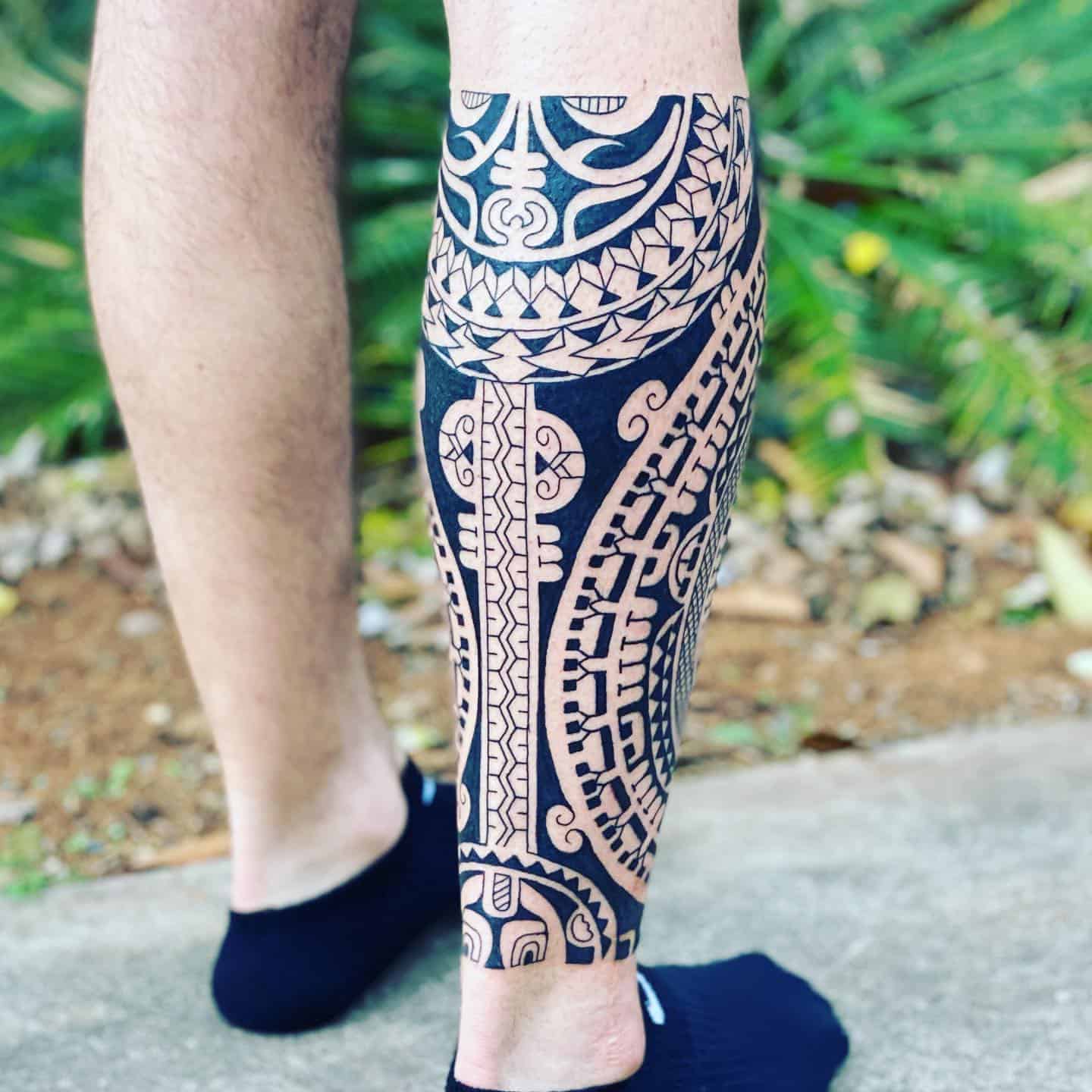
Final Thoughts
Tribal tattoos are an important insight into the culture and tradition of peoples and countries around the world. Those tattoos document the historic importance of indigenous peoples and tribes who were often mistreated and attacked for their practices, mostly by European visitors and occupators.
For those reasons, it is considered disrespectful to get a tribal tattoo if you’re not a part of a culture or tradition or the tattoo’s origin.
However, no one can forbid you from getting inspired by these amazing designs and traditions. Also, no one can forbid you from admiring these tattoos and learning more about them. Education is the key when tackling things like traditions and ancient cultures.
Also Read:
- Safe, non-toxic plant-based temporary tattoos made with 100% high-definition printing for a realistic look without the pain
- Easy to apply and remove - just stick for 20 seconds then take off
- Set includes 5 sheets with 17 fun, delicate designs like hearts, cats, smiles, suns, moons, and more
- Waterproof and long-lasting - stays on up to 2 weeks of wear
- Fashionable for women, men, girls and boys
- Place on arm, wrist, neck, leg, finger, waist, foot and more
- Great for parties, birthdays, and showing your unique style

